
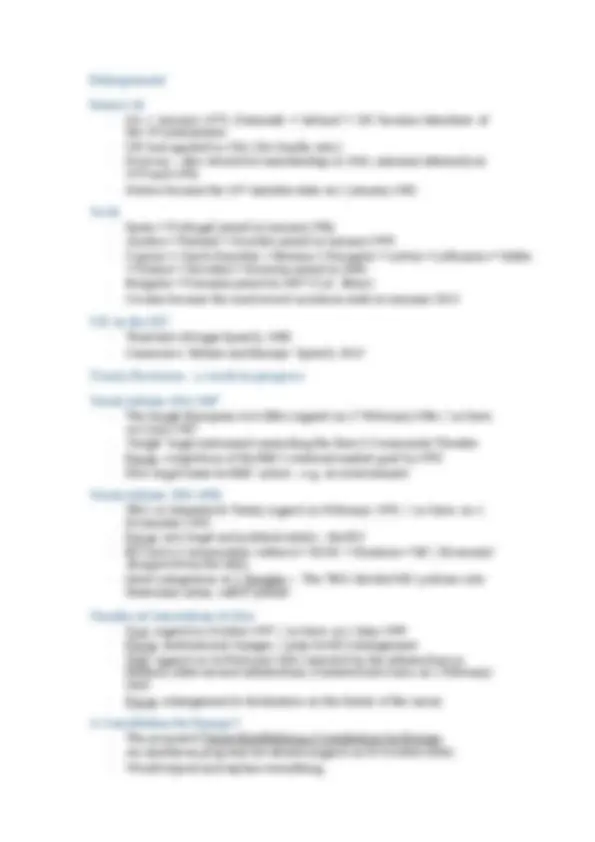

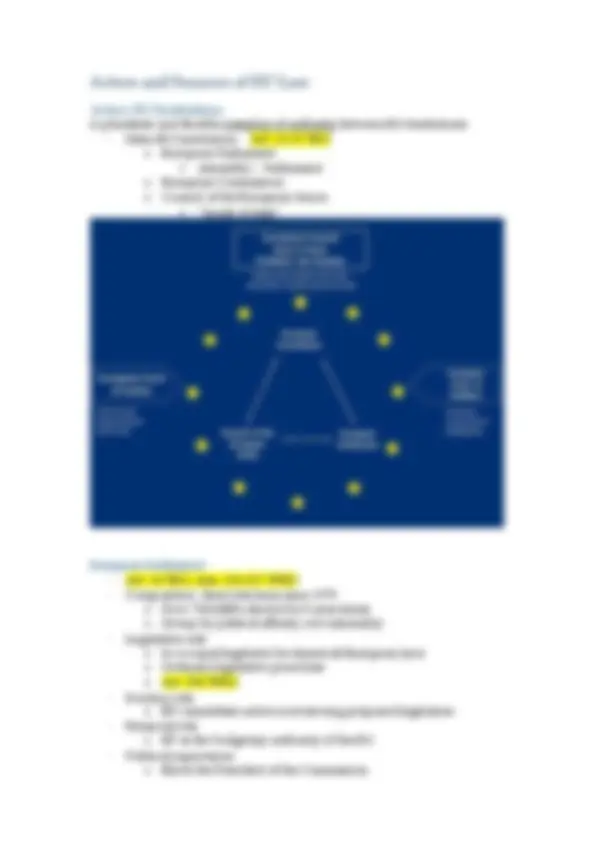
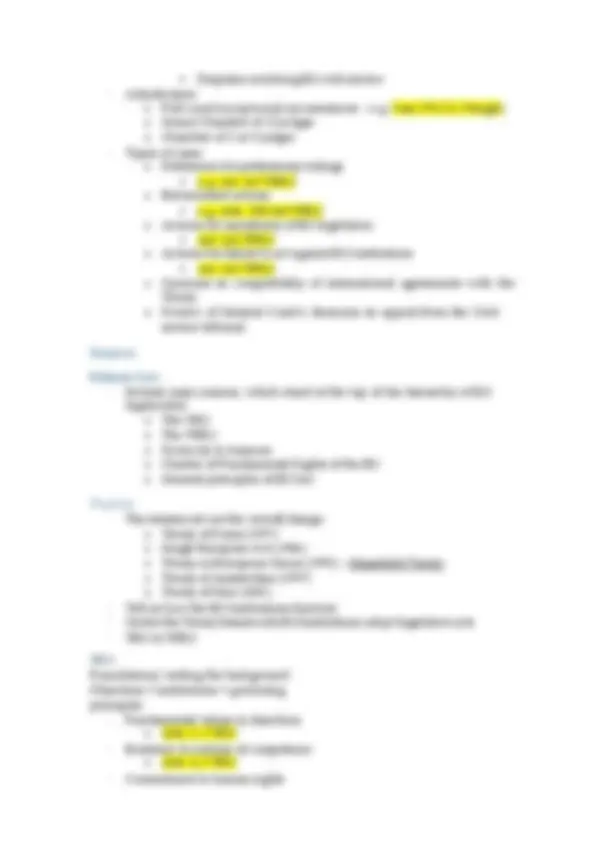
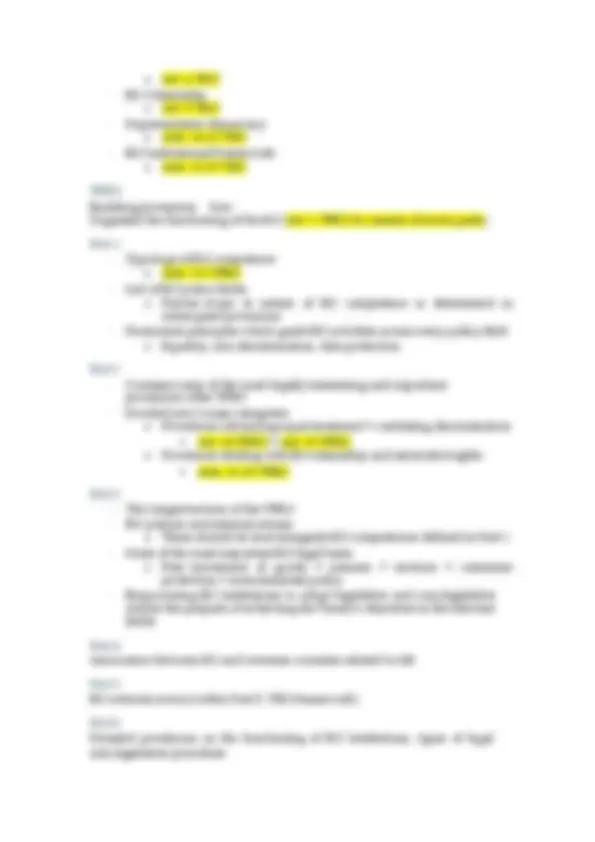
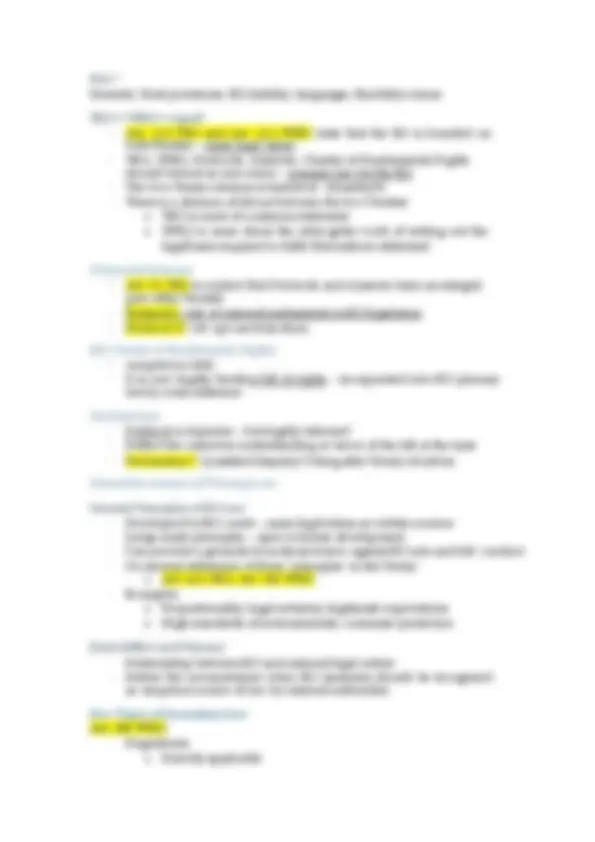
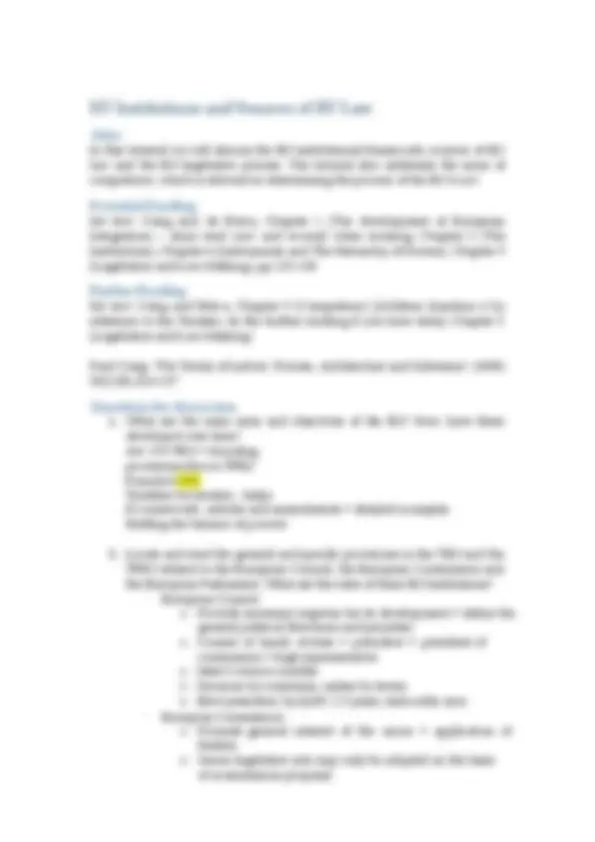
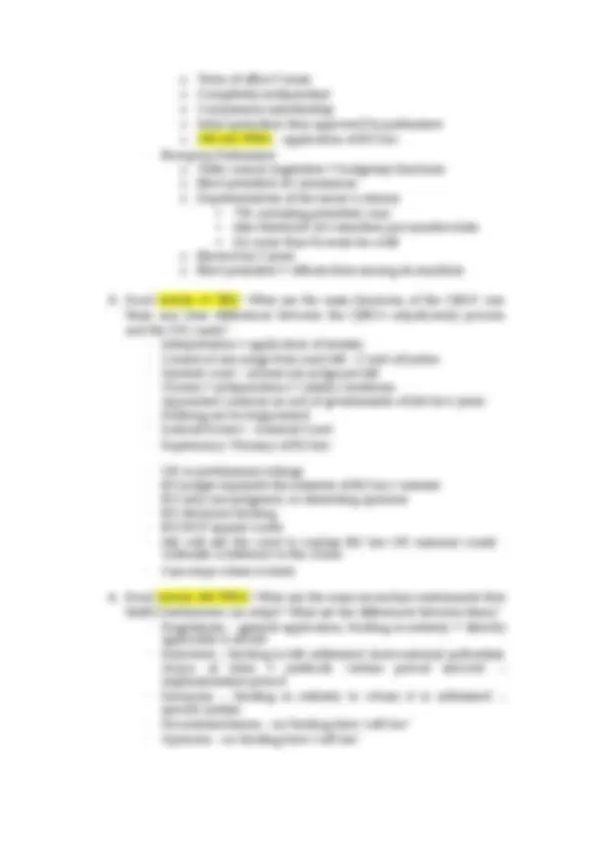

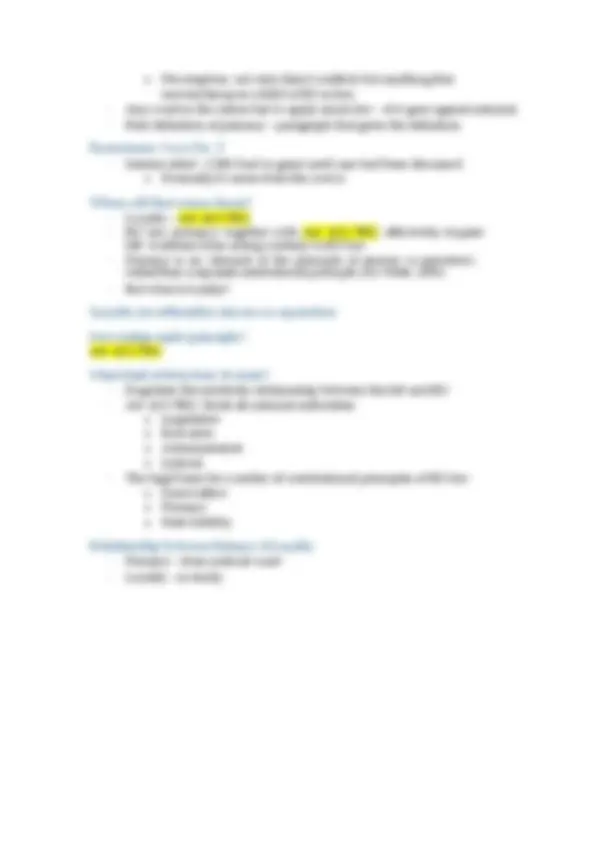
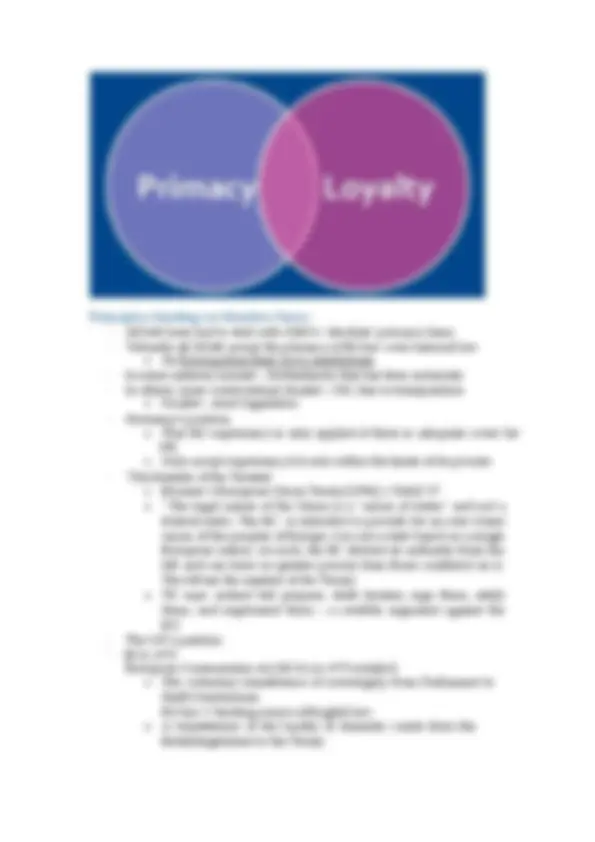
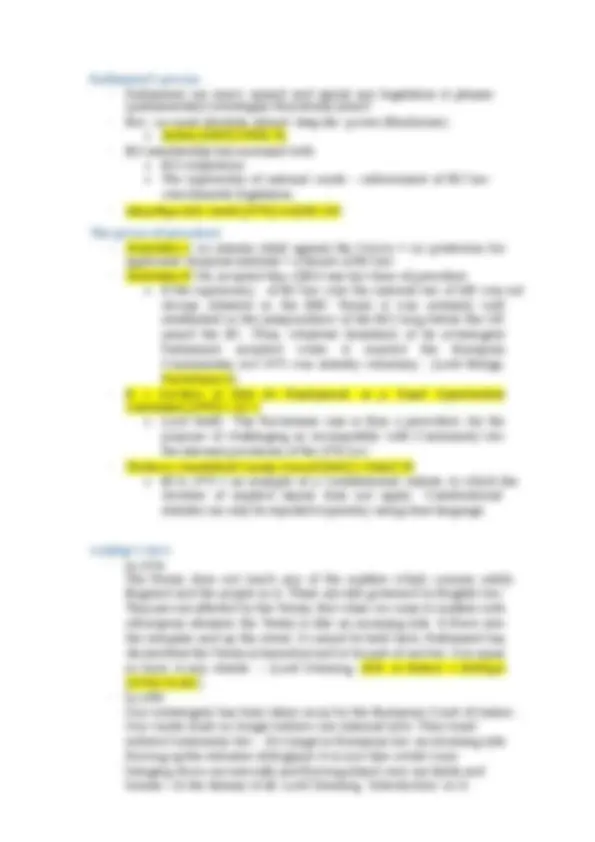

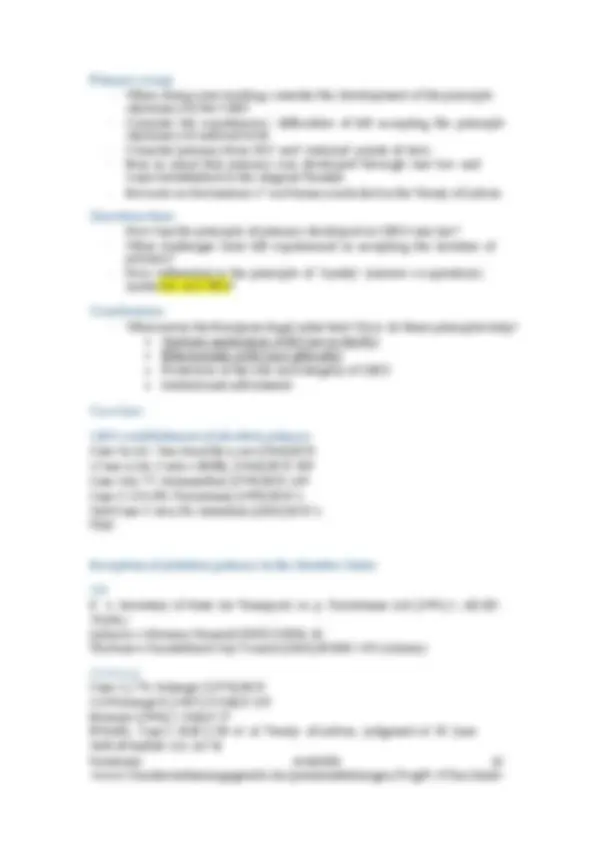

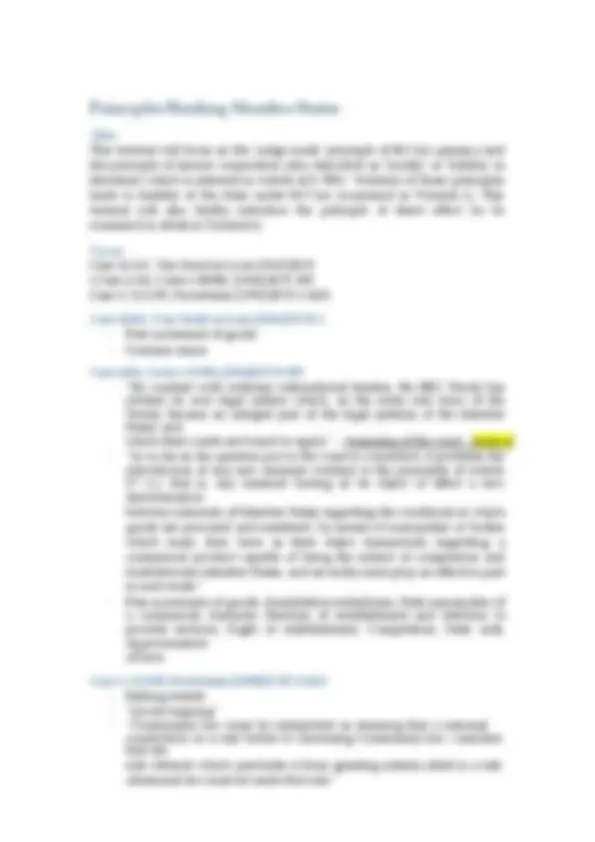


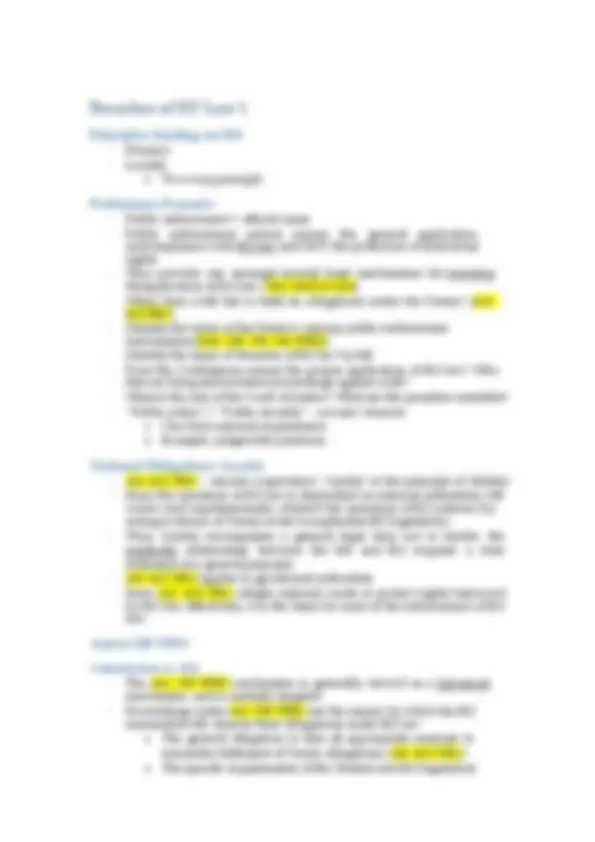
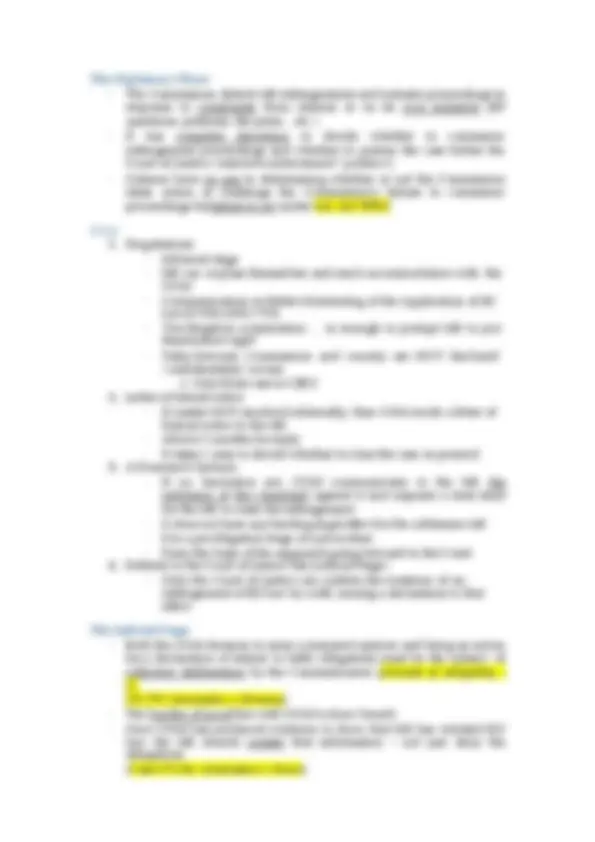
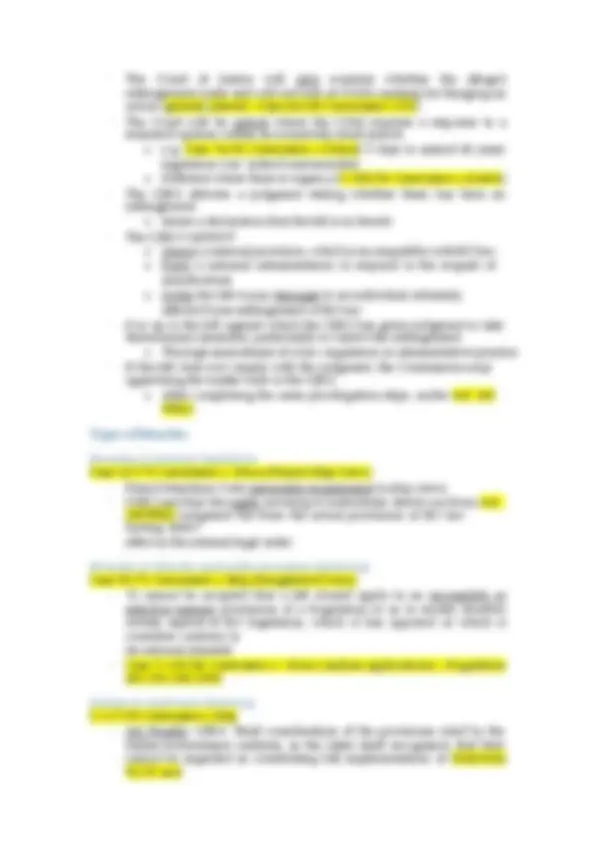

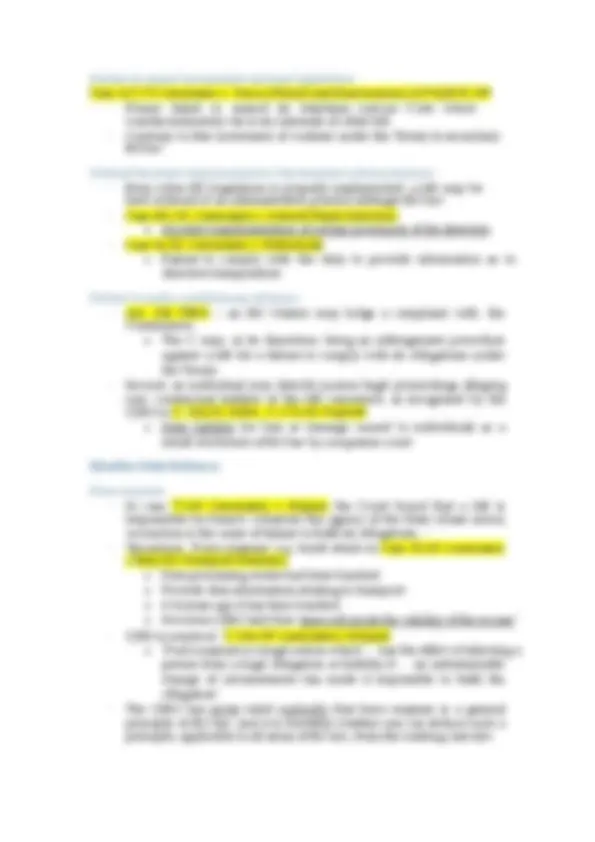
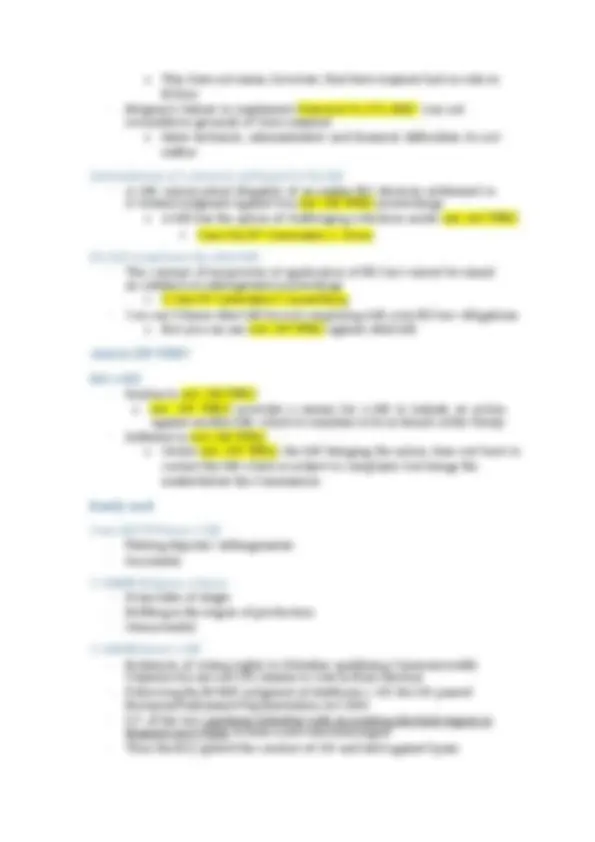
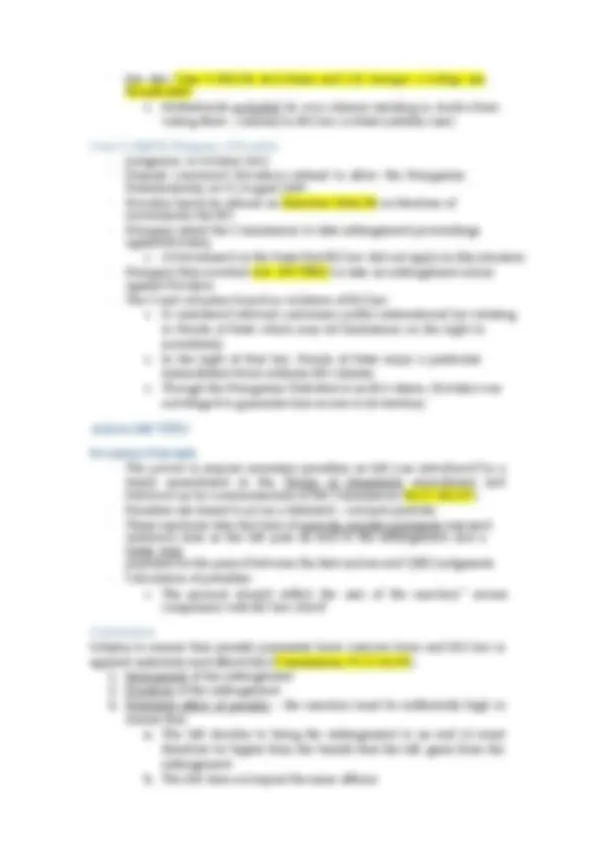
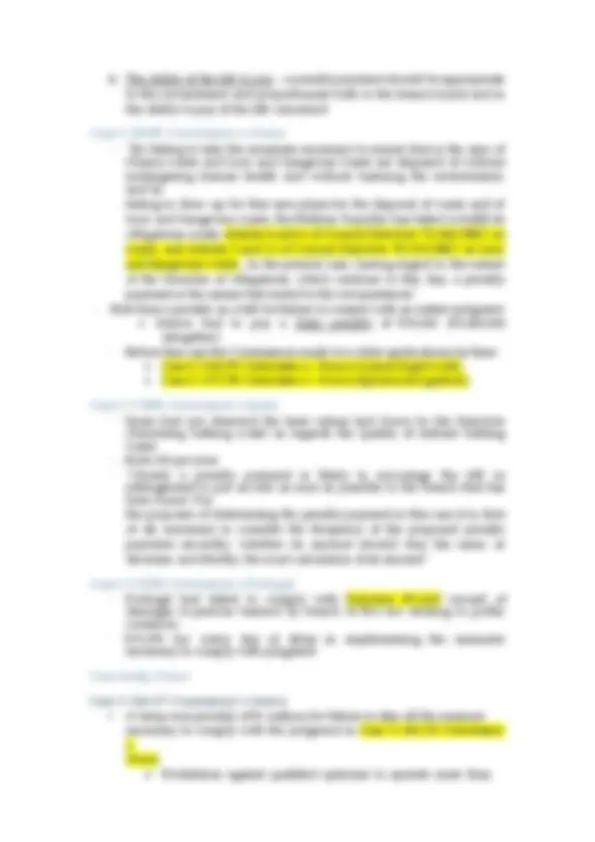

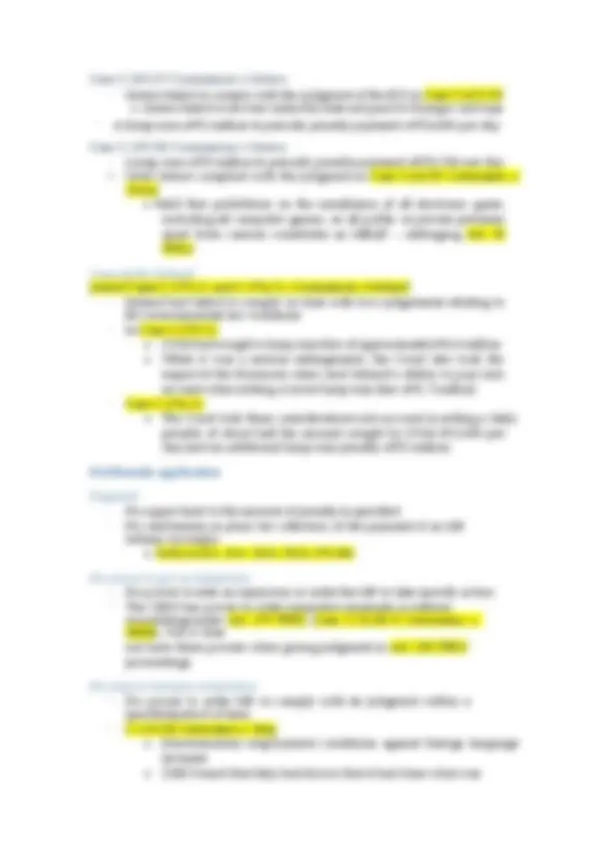

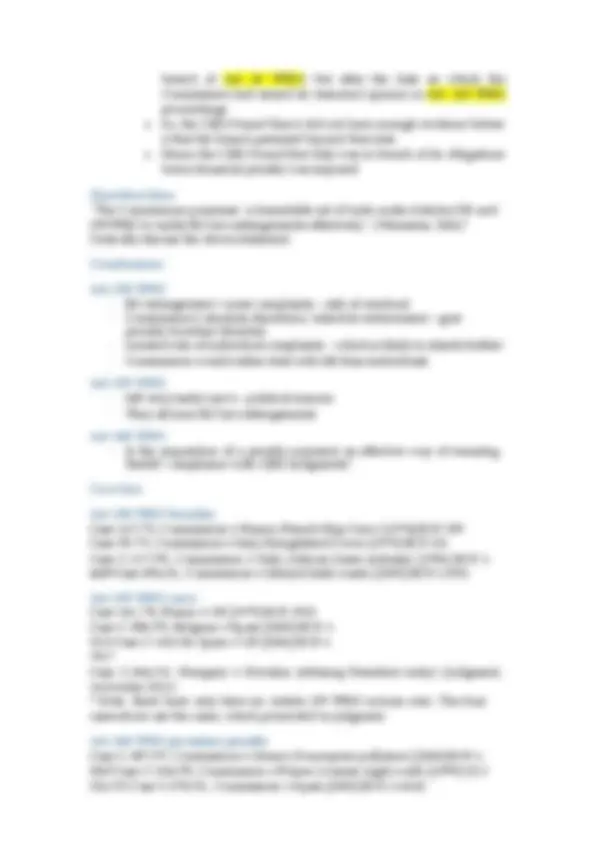



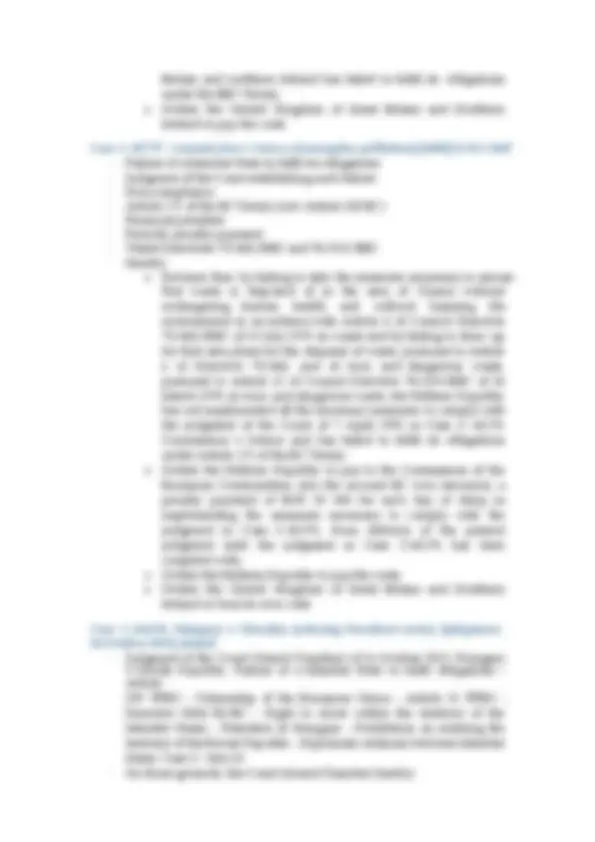

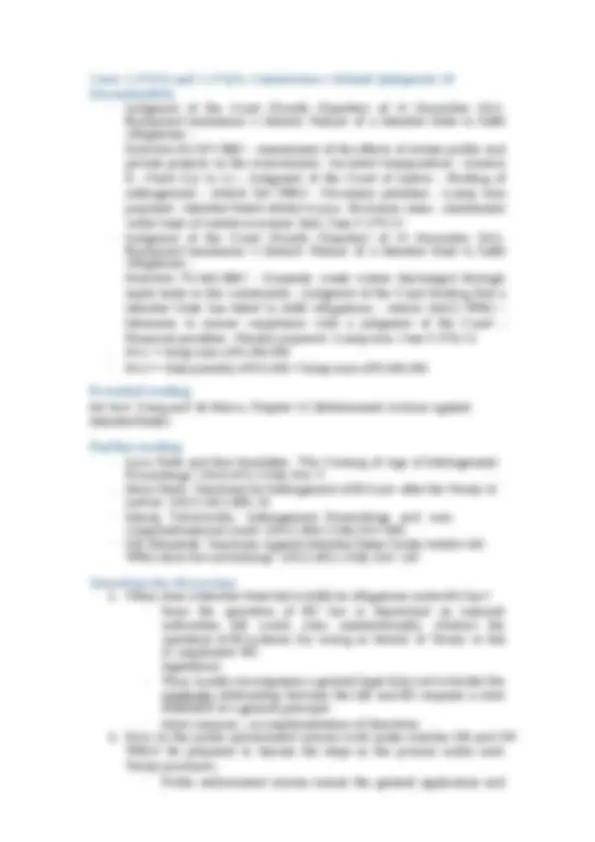

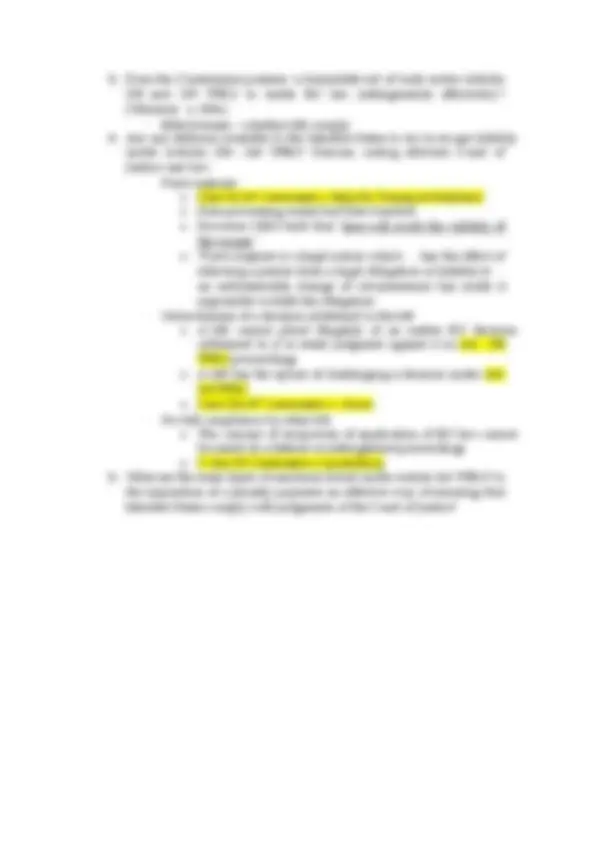
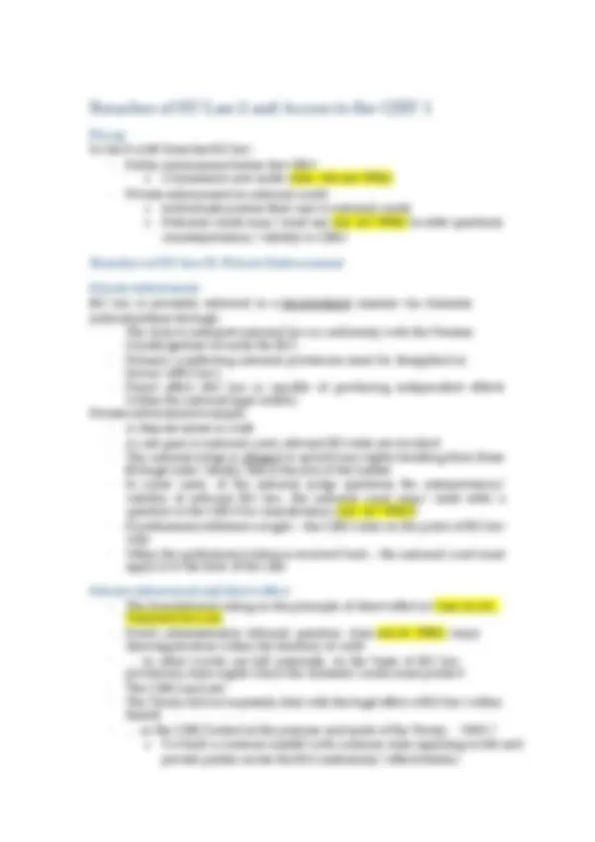
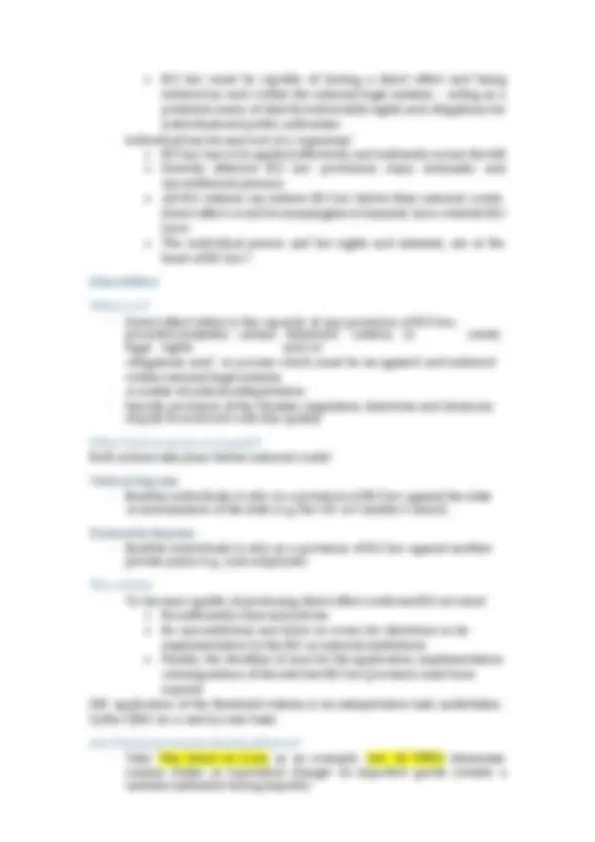
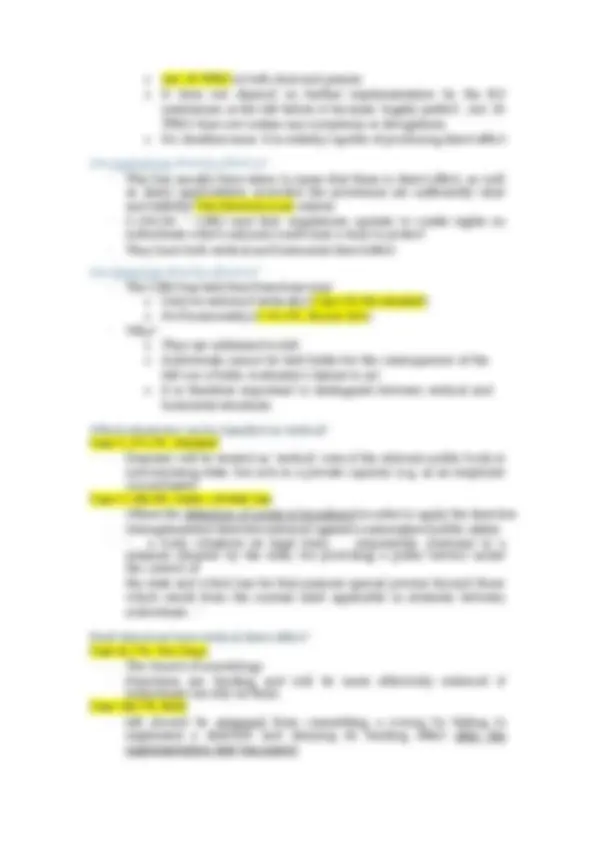
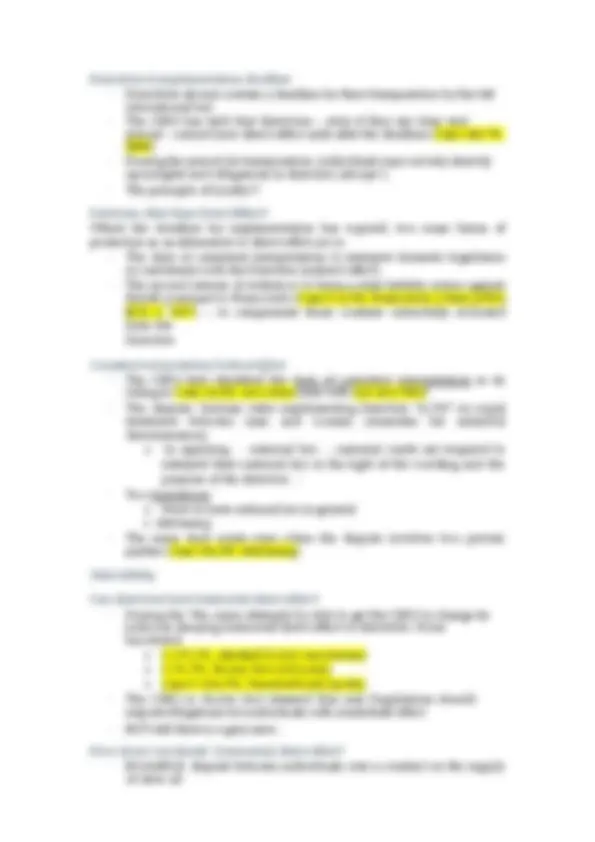
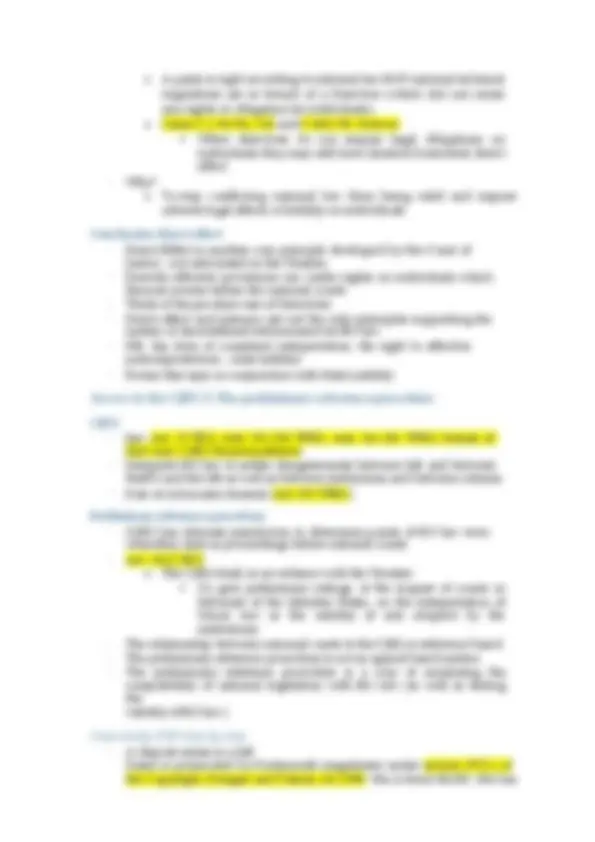
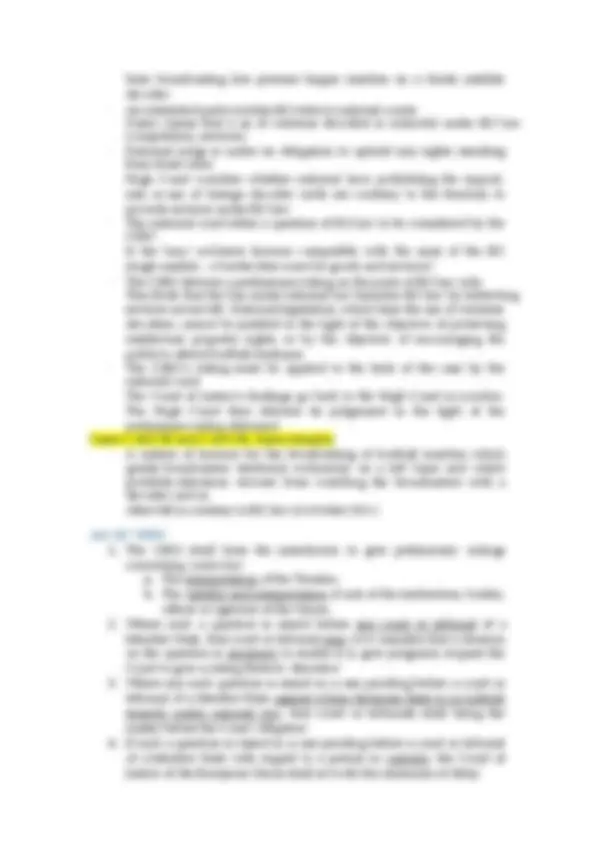
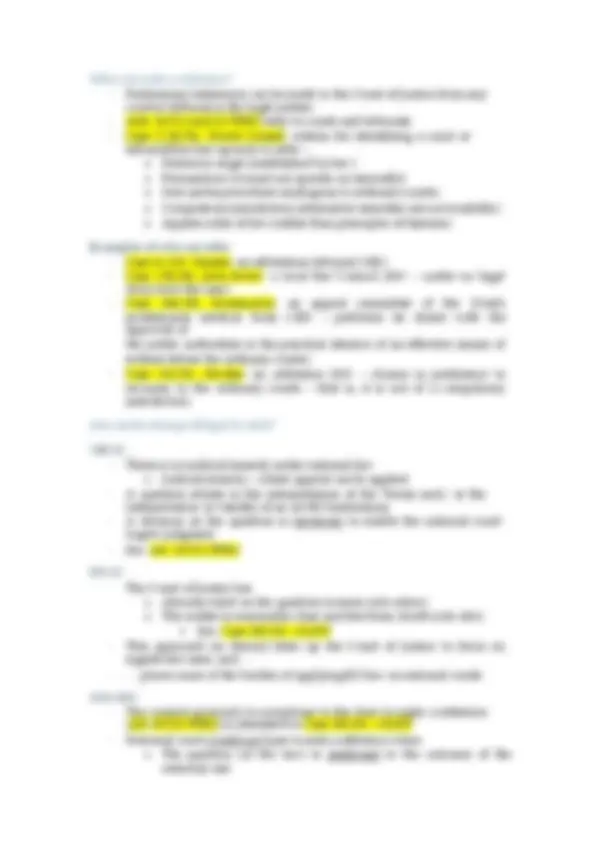
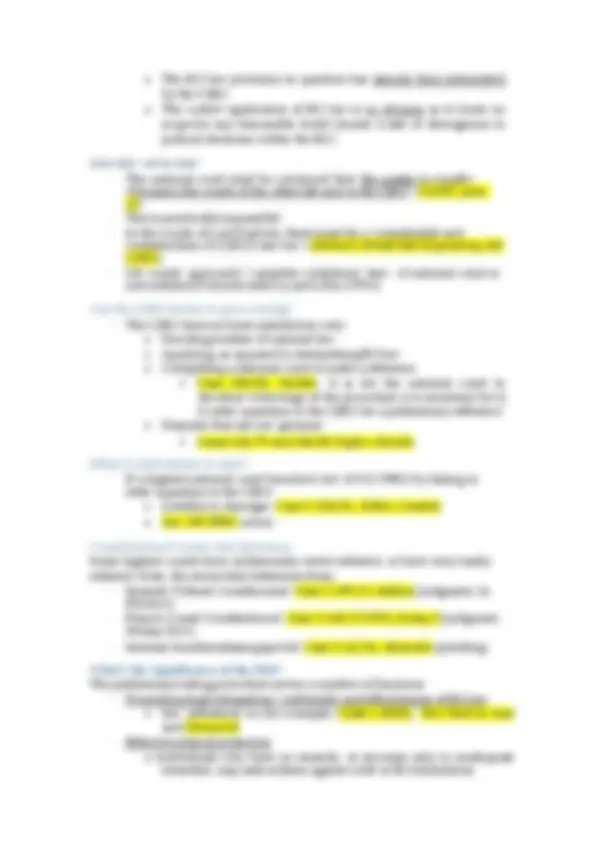

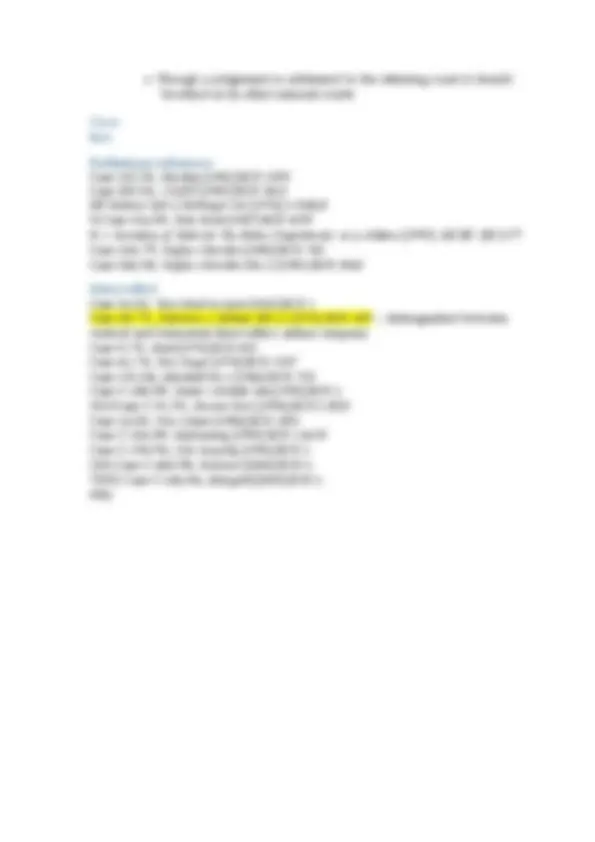
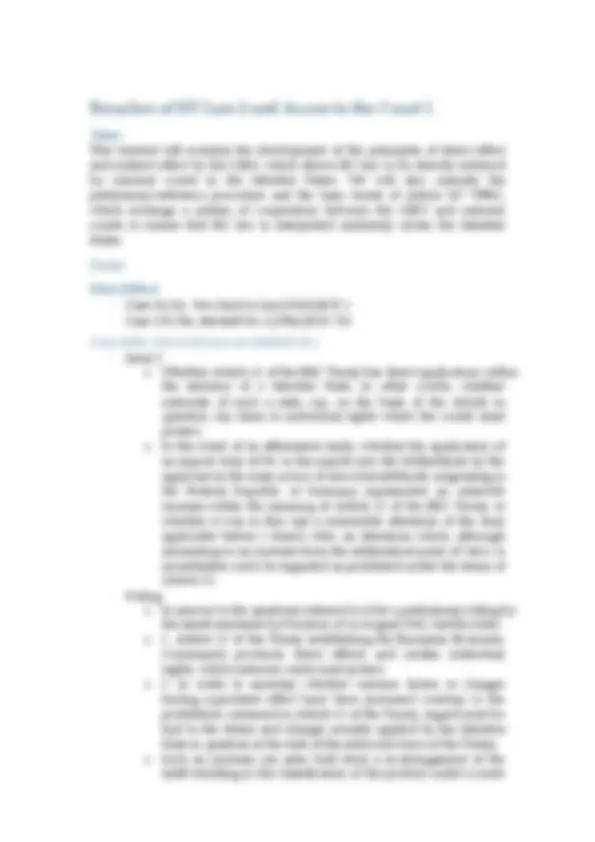

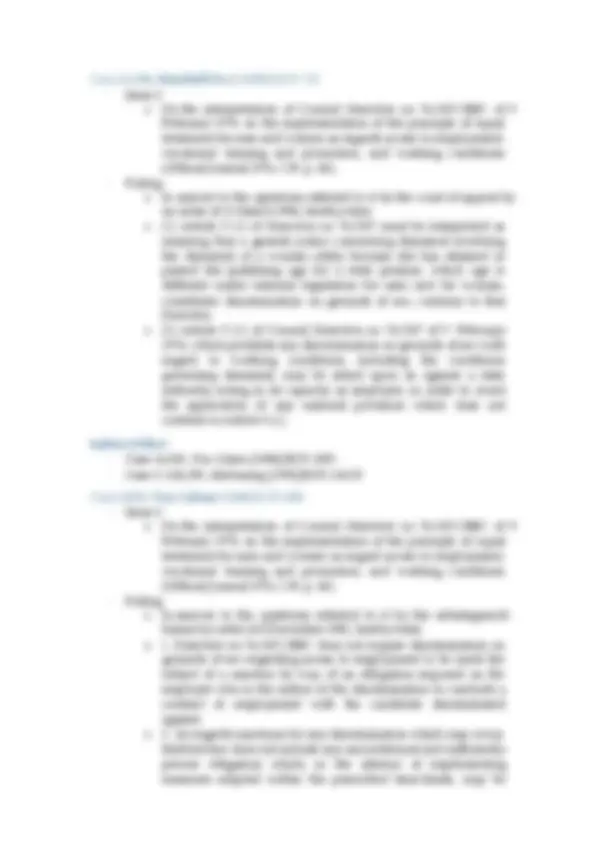

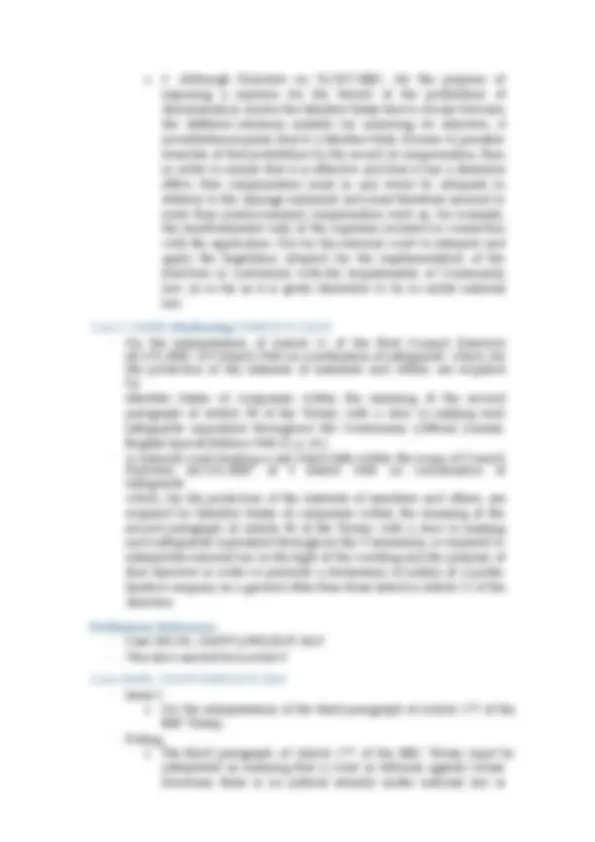

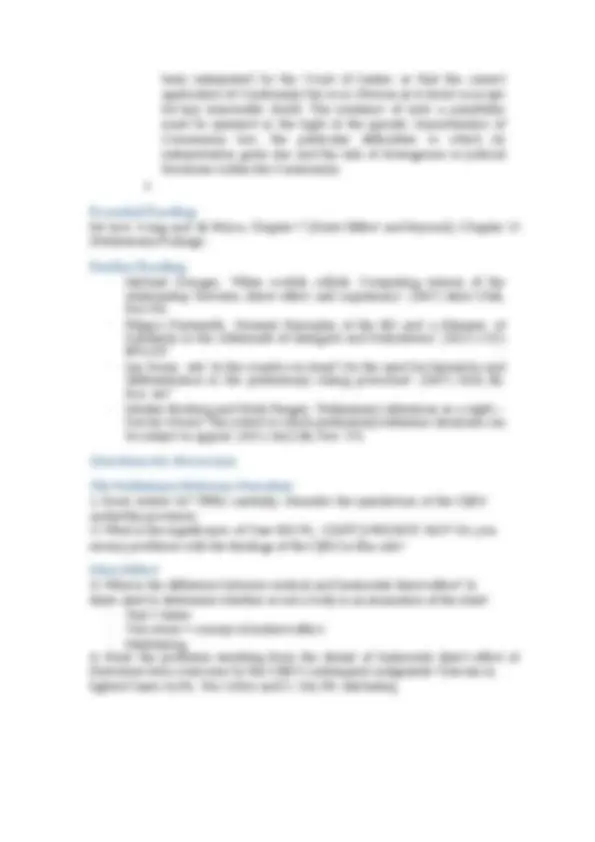
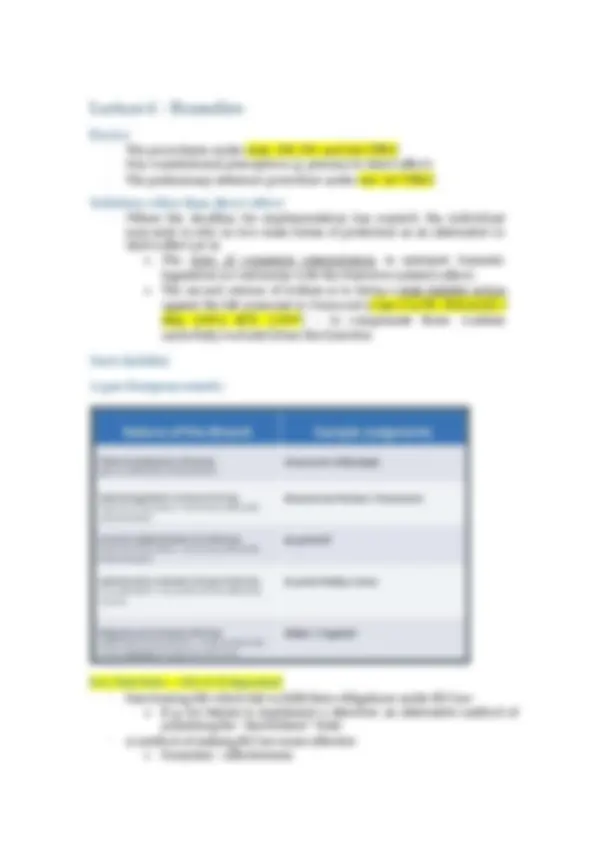
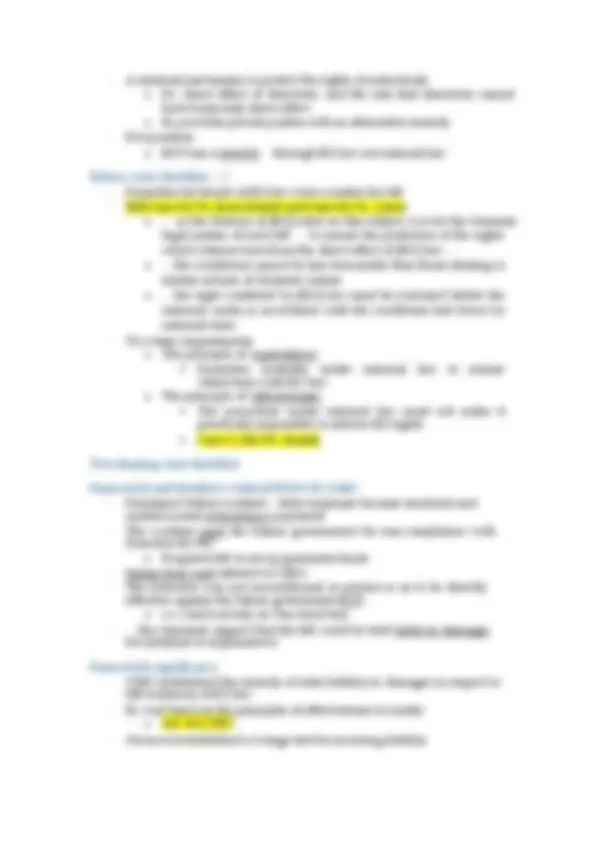
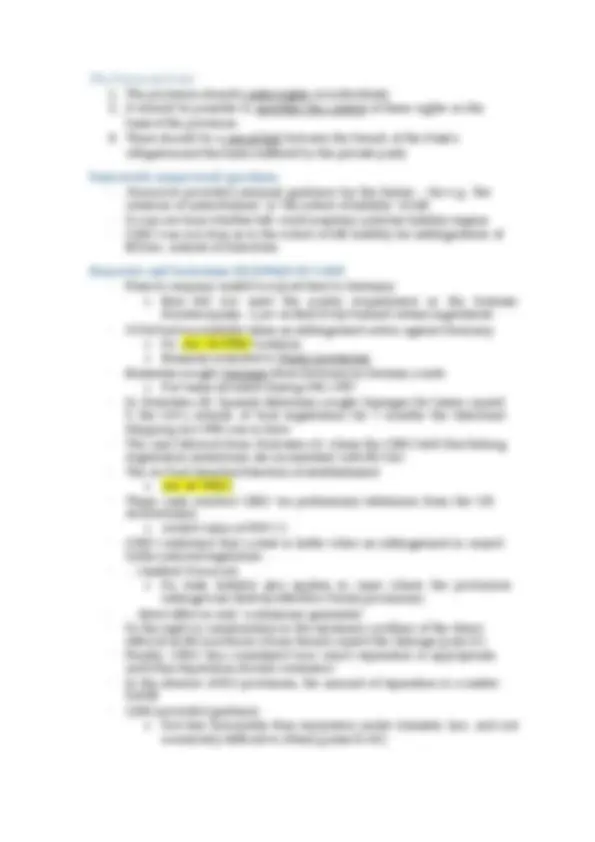
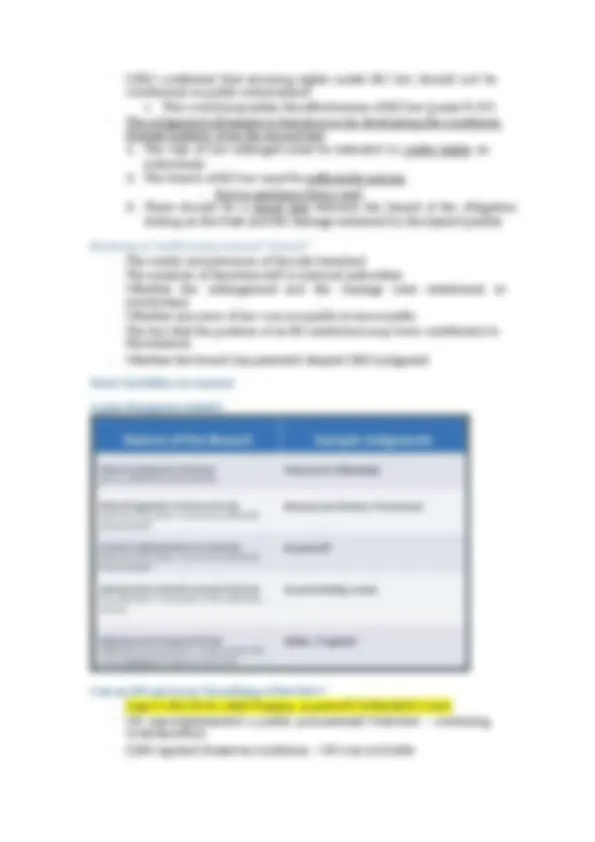
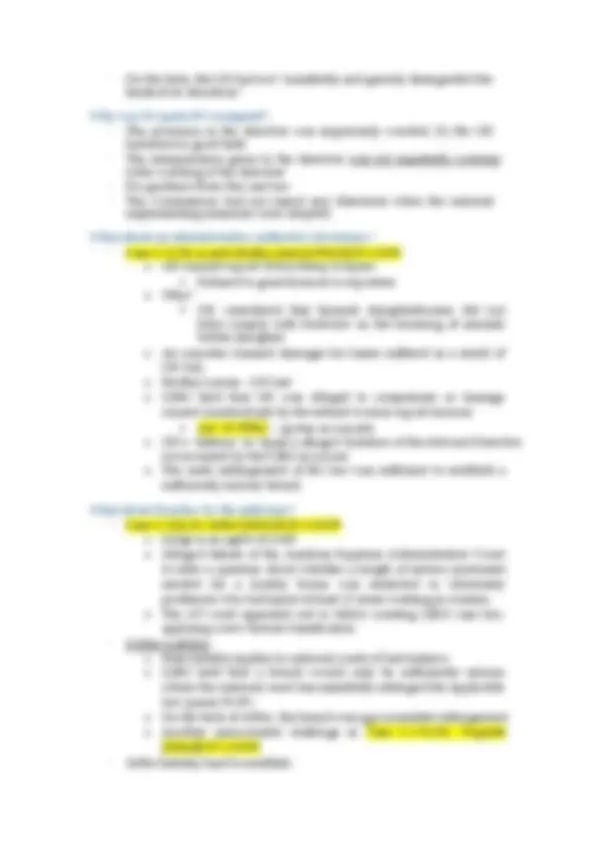
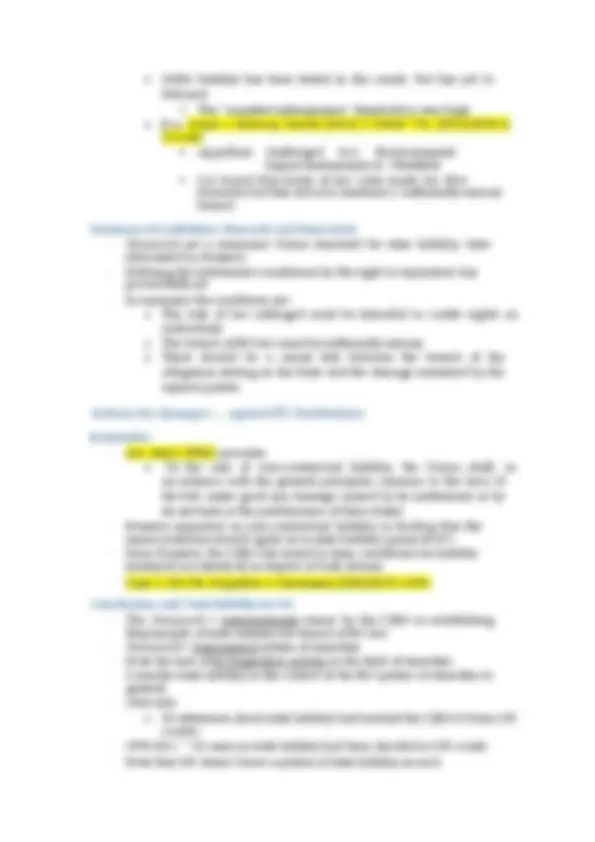

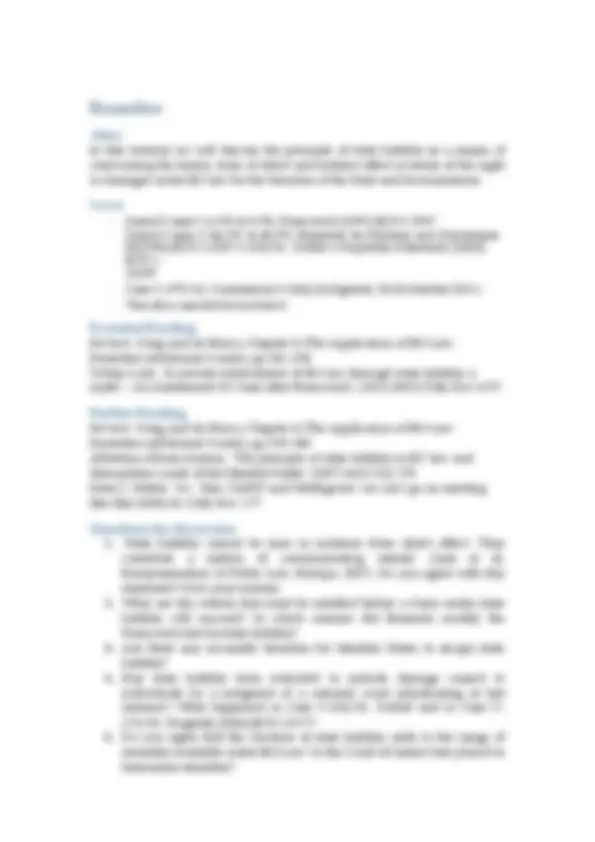
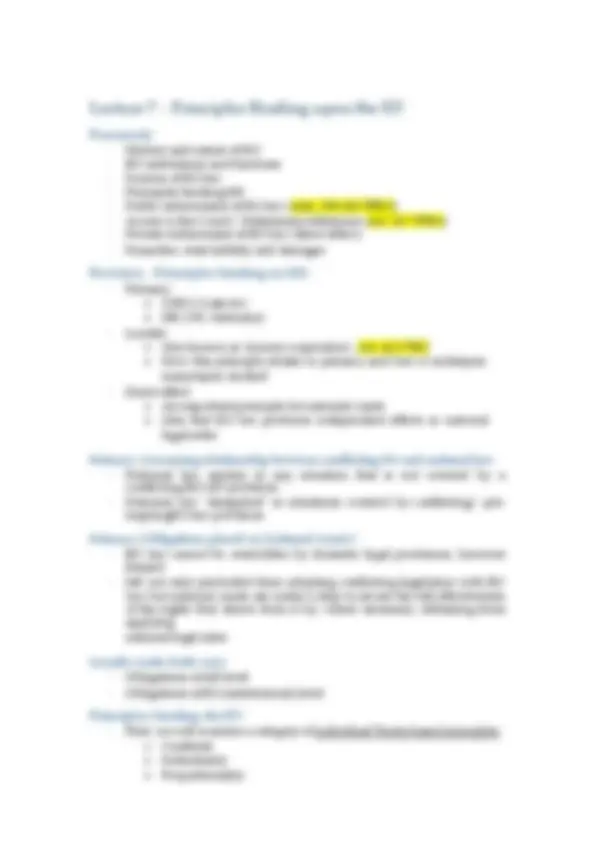
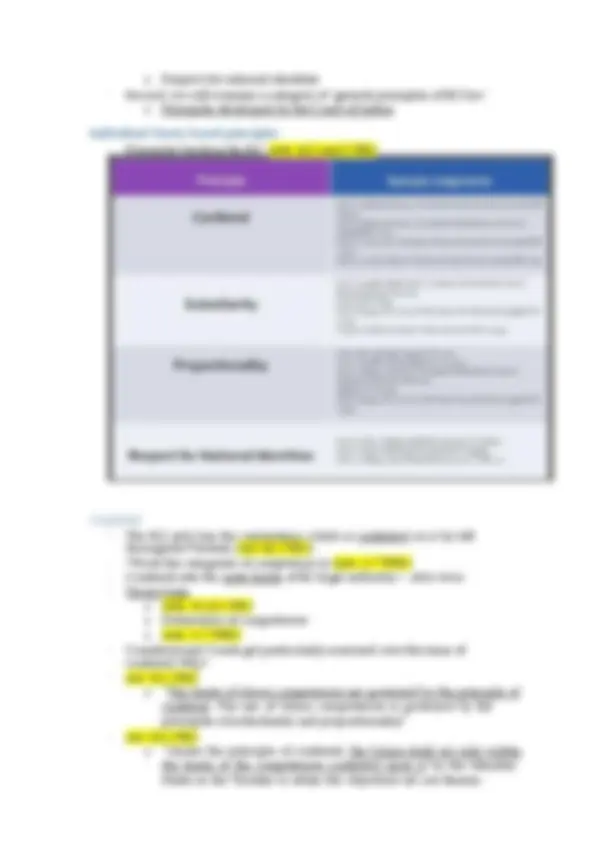
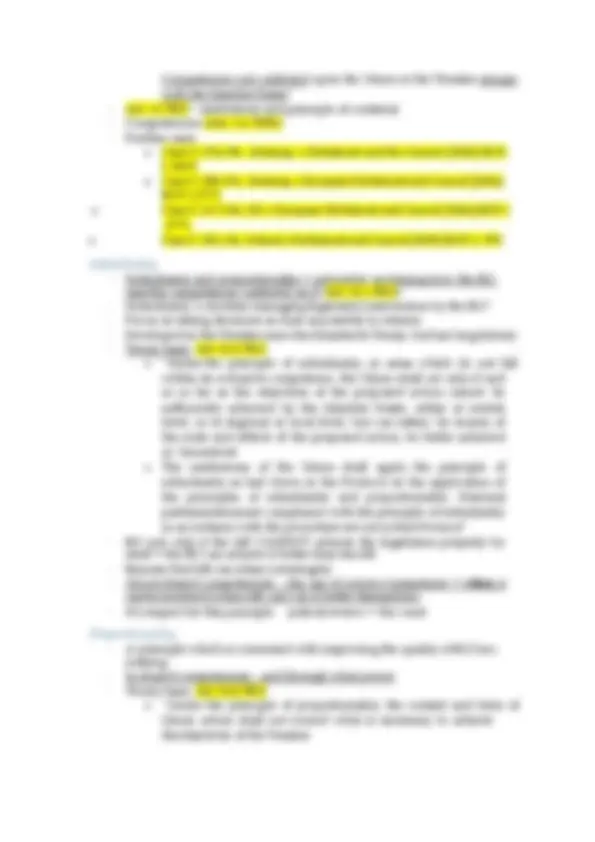
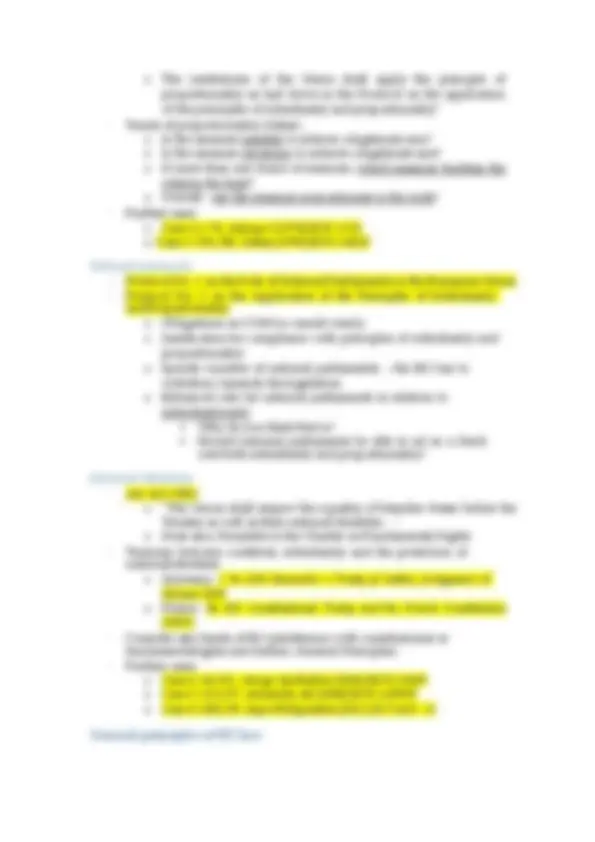

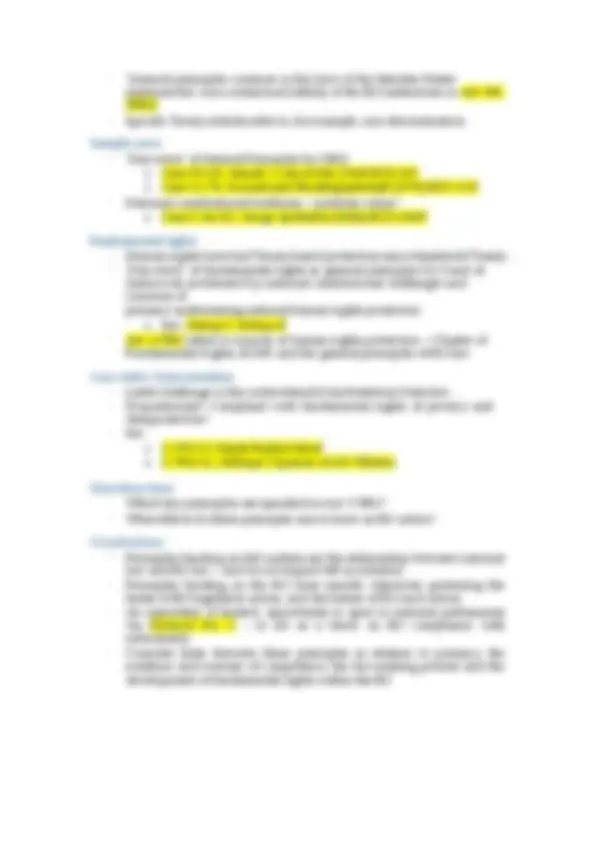
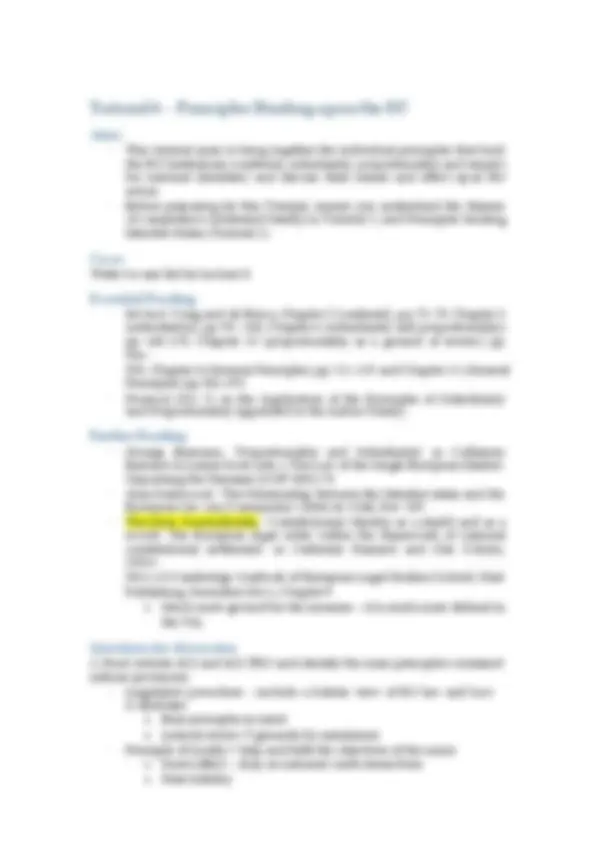

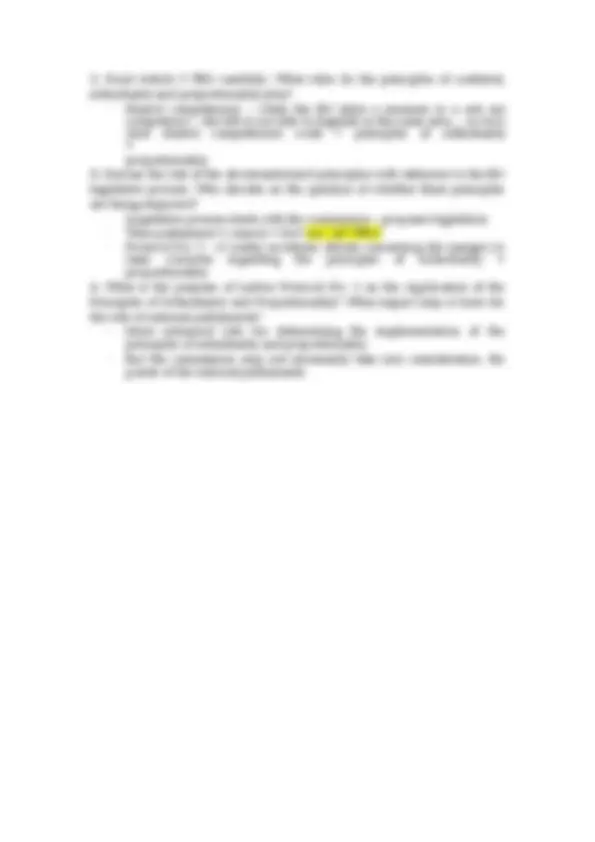

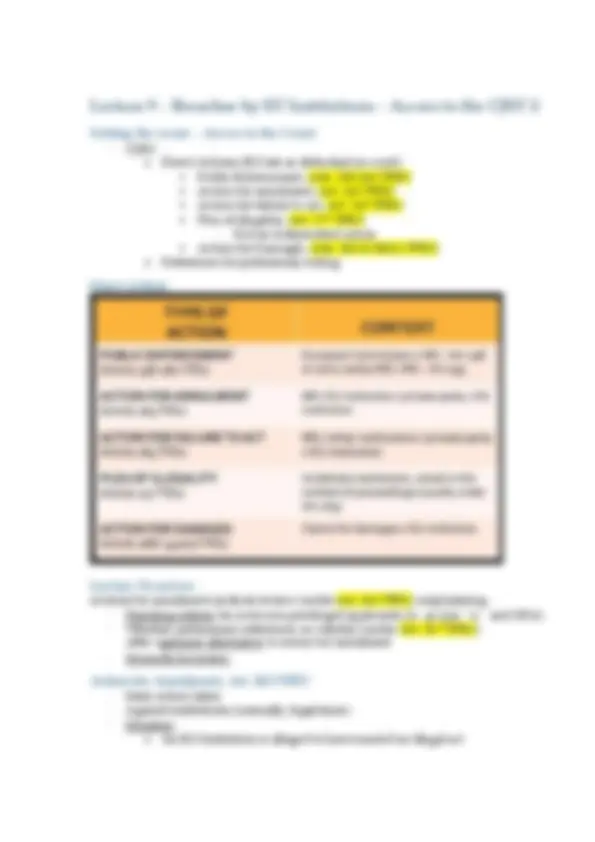
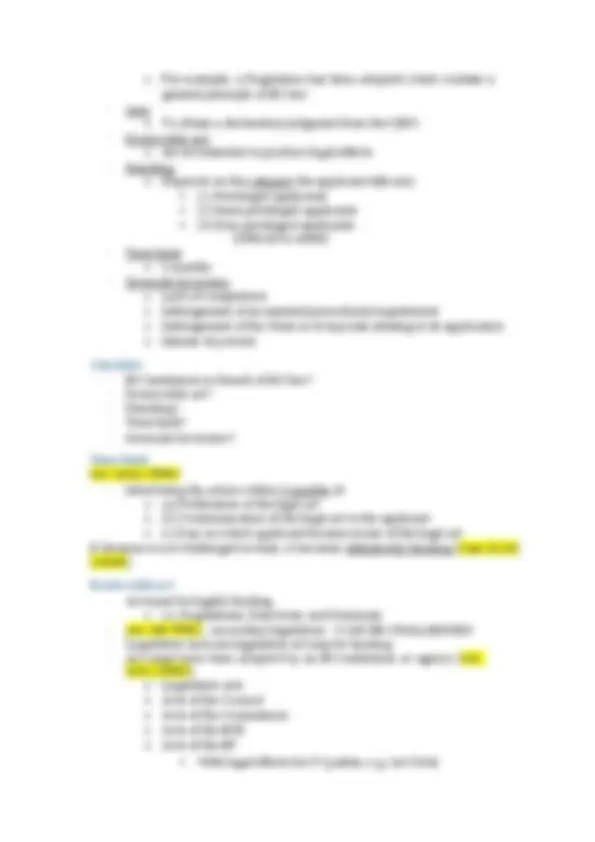
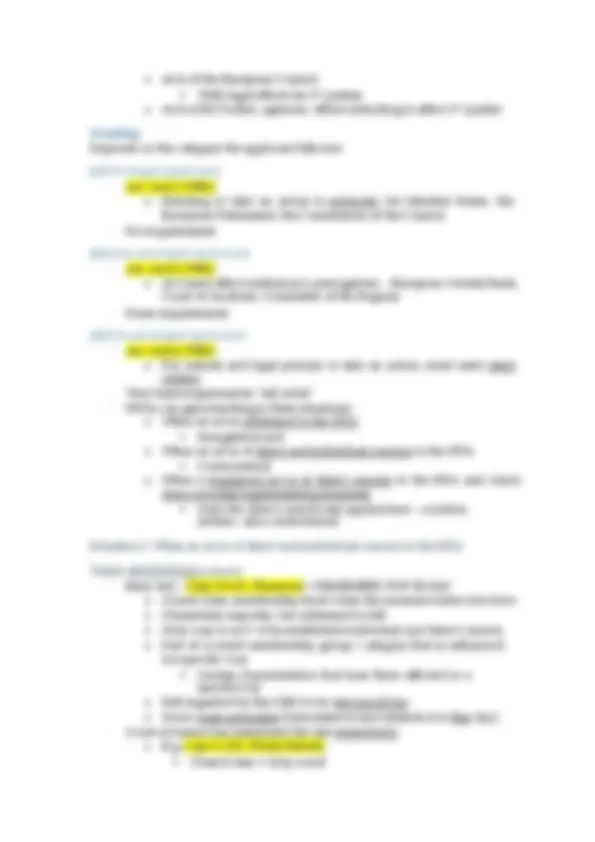
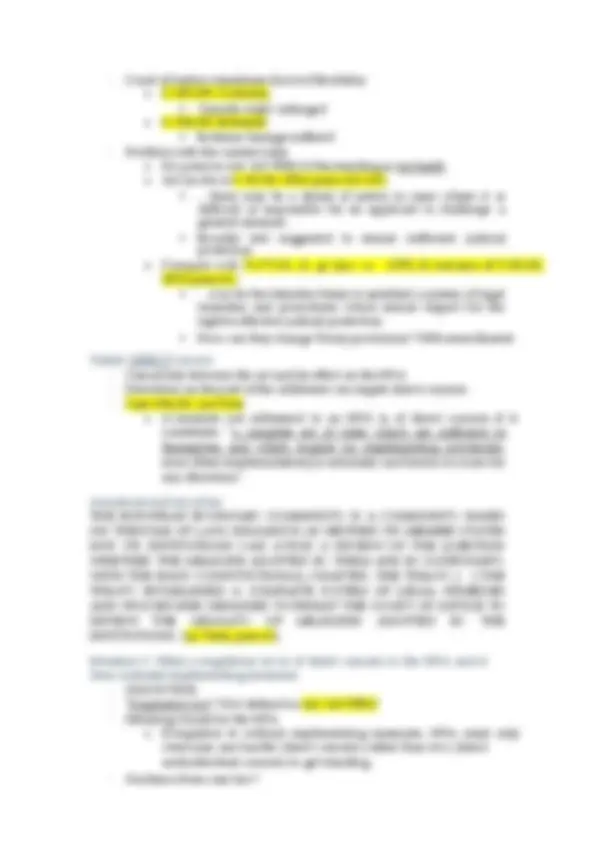
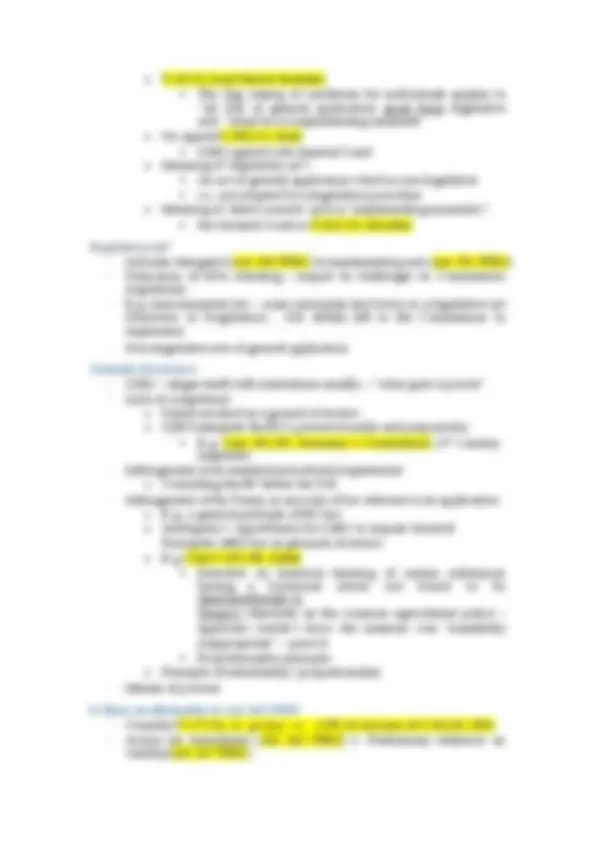
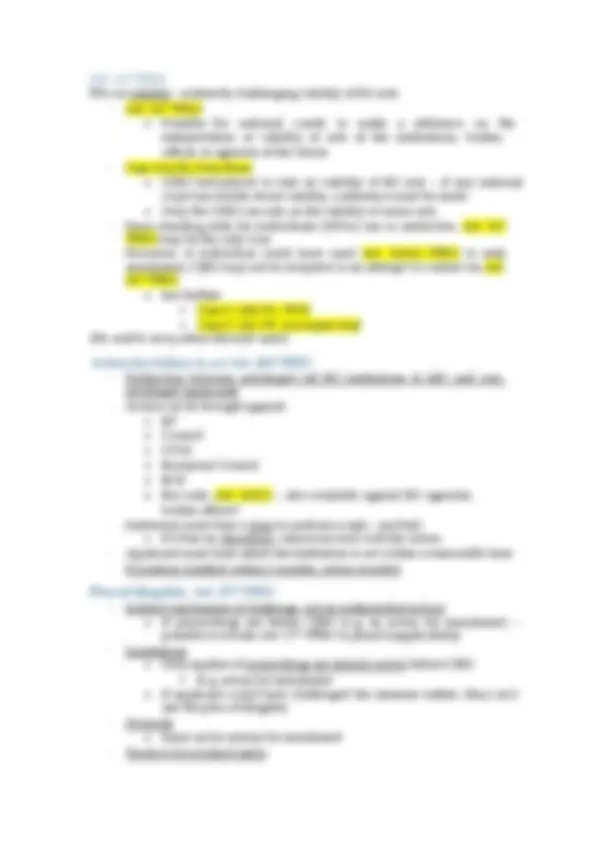
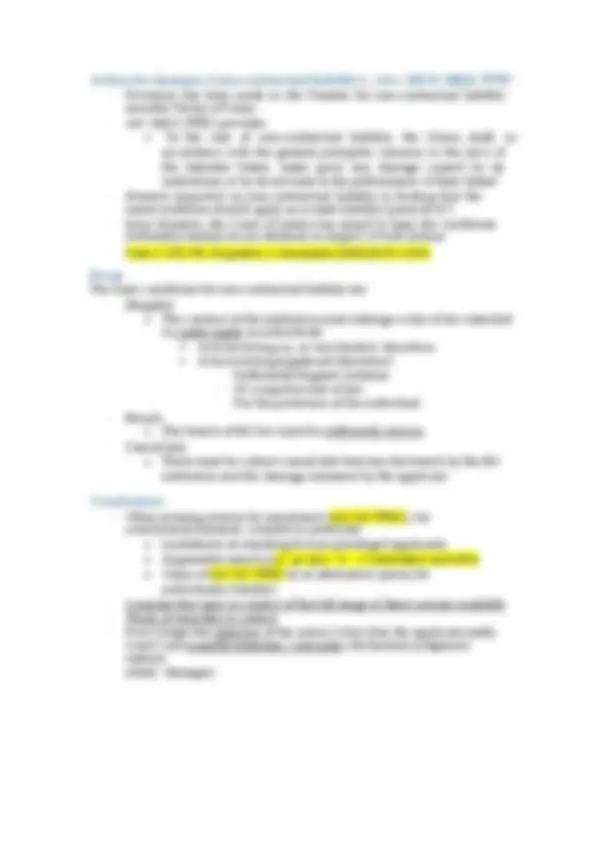
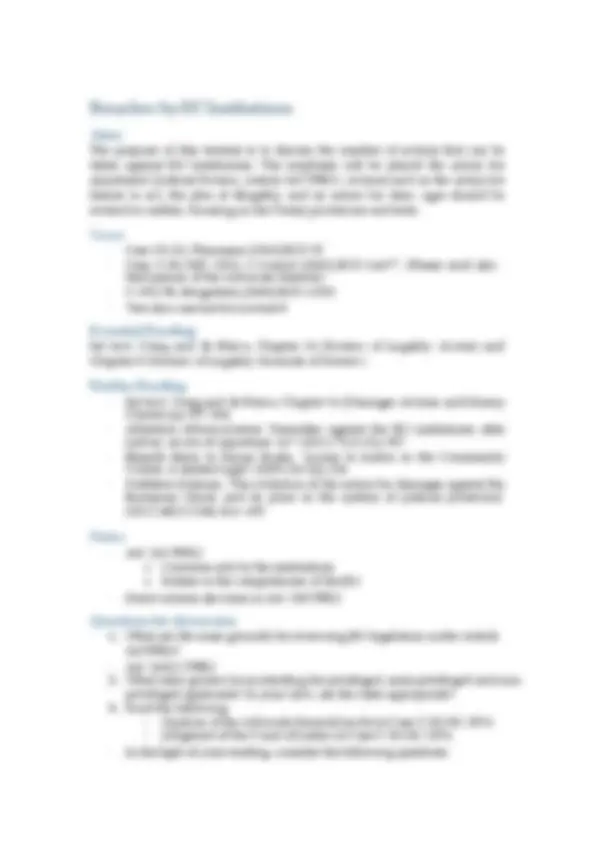


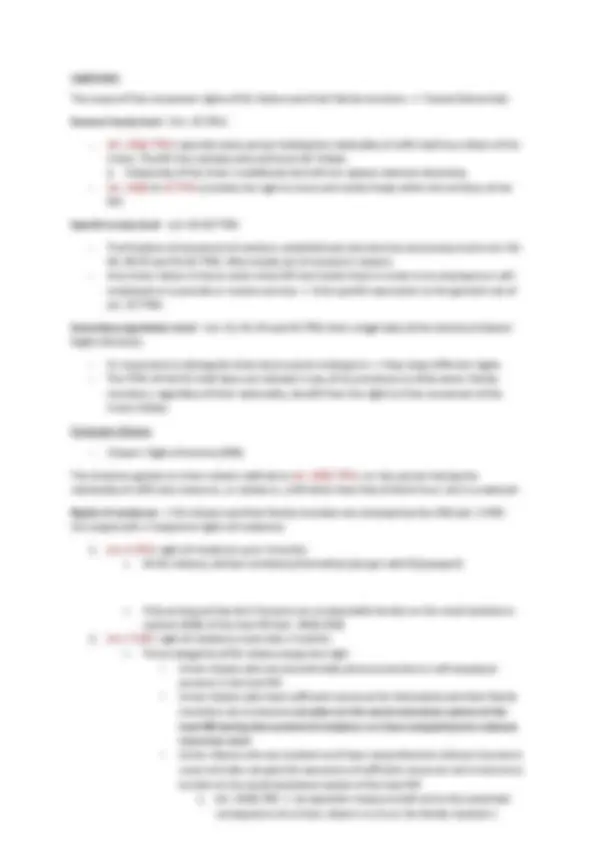
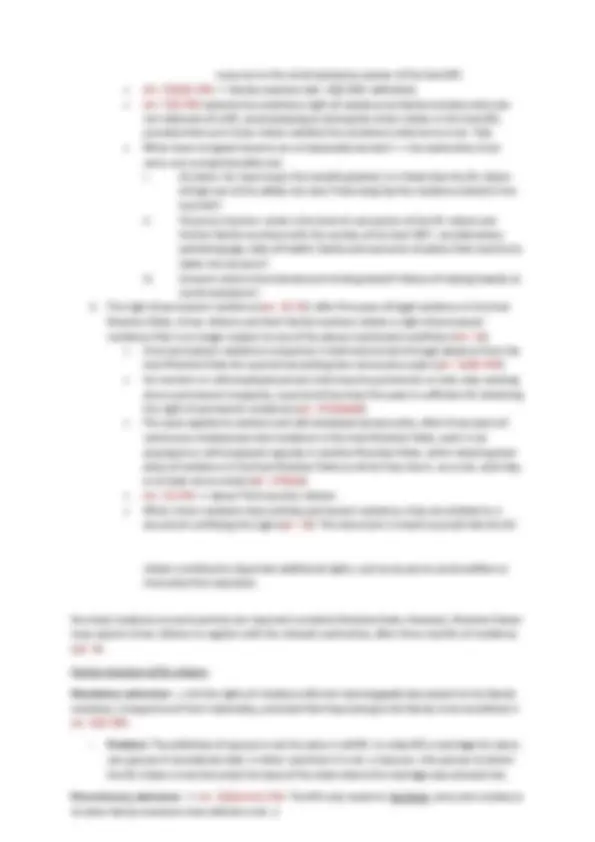
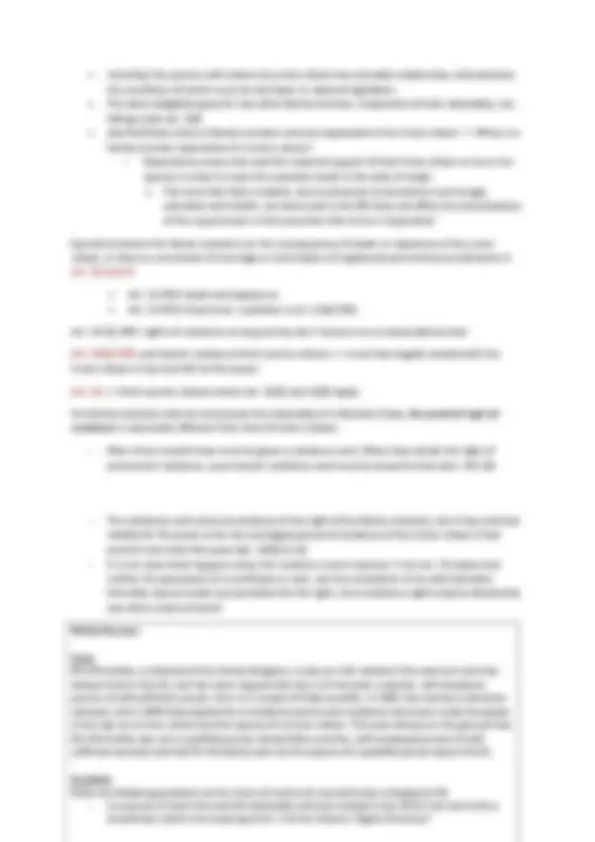
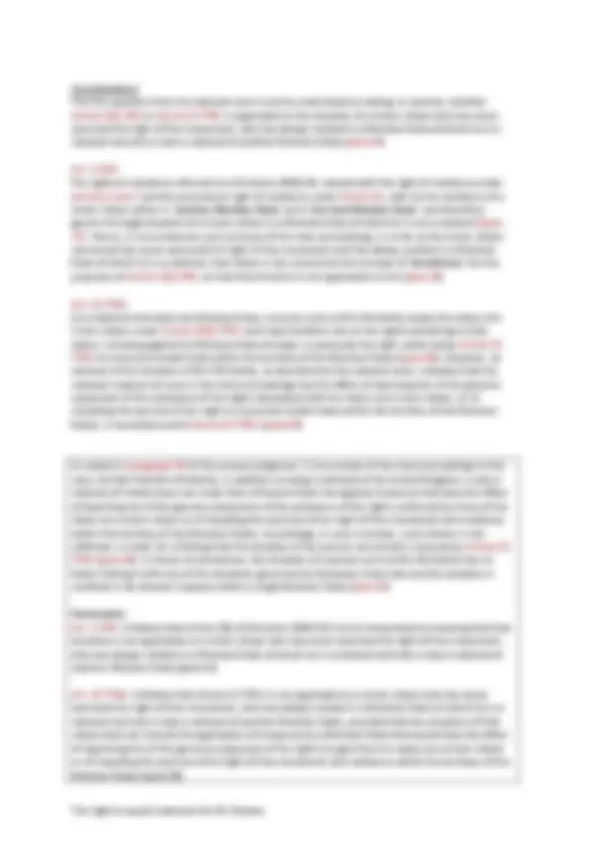
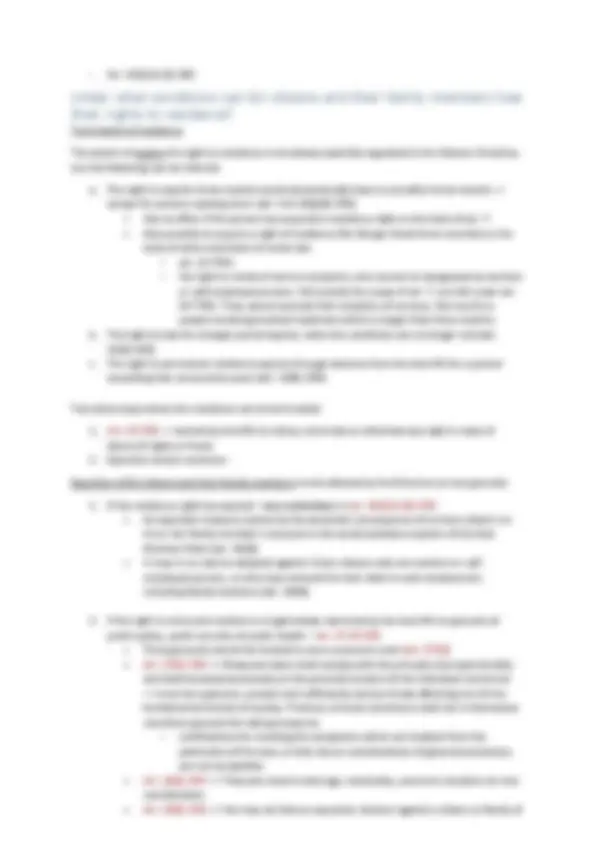
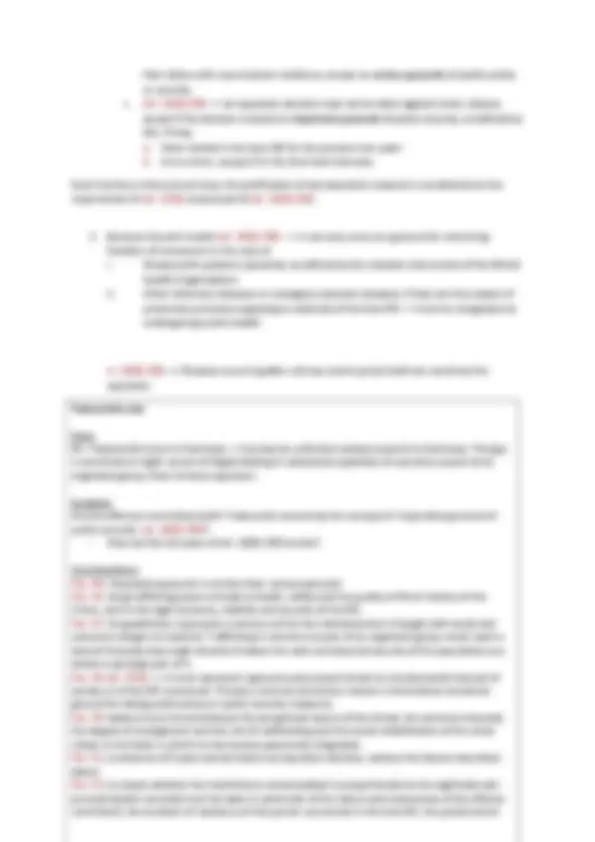
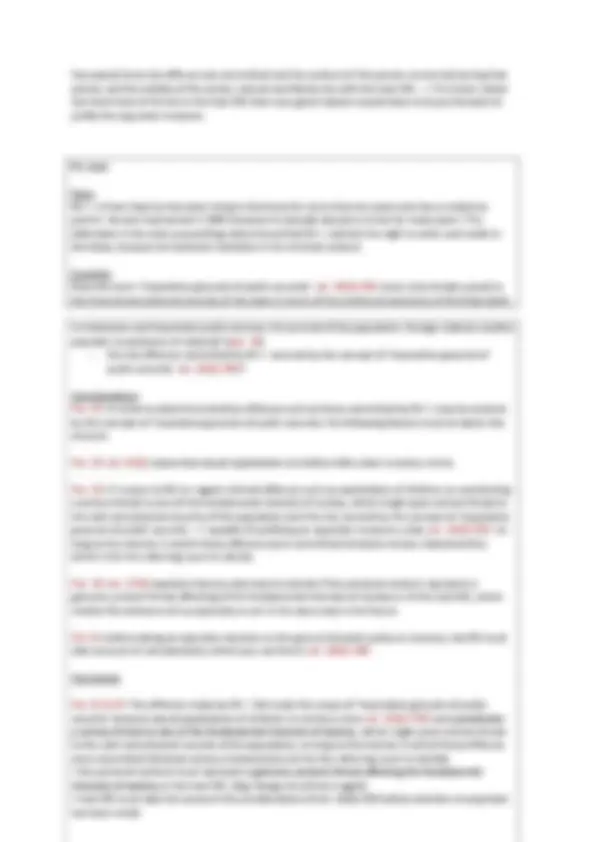
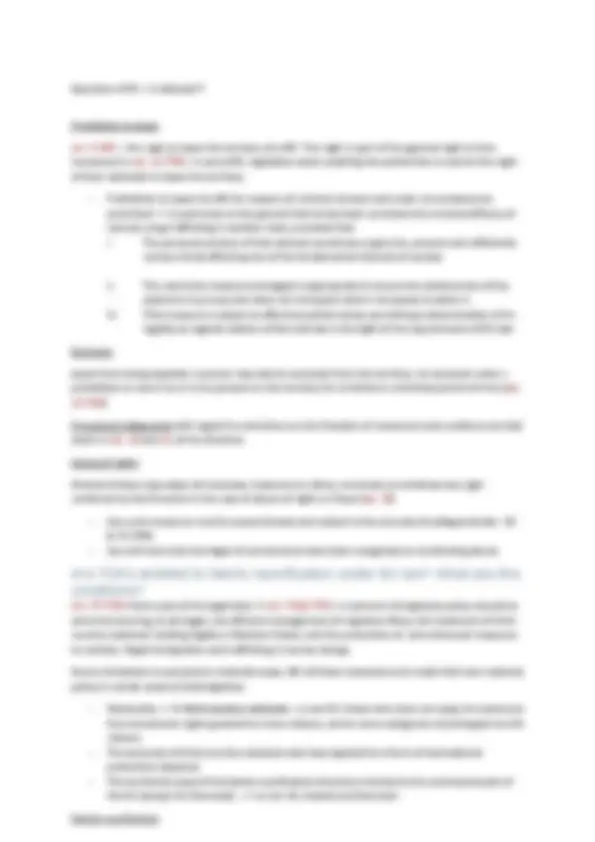
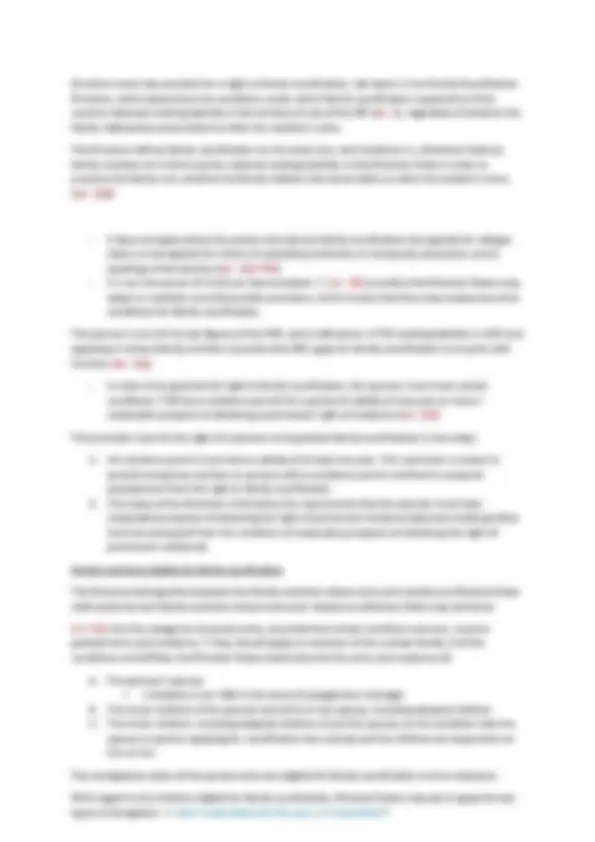


Study with the several resources on Docsity

Earn points by helping other students or get them with a premium plan


Prepare for your exams
Study with the several resources on Docsity

Earn points to download
Earn points by helping other students or get them with a premium plan
Community
Ask the community for help and clear up your study doubts
Discover the best universities in your country according to Docsity users
Free resources
Download our free guides on studying techniques, anxiety management strategies, and thesis advice from Docsity tutors
This document delves into the fundamental principles of eu law, specifically focusing on the concepts of primacy and direct effect. It explores how these principles govern the relationship between eu law and national law, ensuring the supremacy of eu law in case of conflict. The document also examines the implications of these principles for individuals and national courts, highlighting the right to effective judicial protection and the role of the court of justice of the european union (cjeu) in ensuring consistent interpretation of eu law.
Typology: Study notes
1 / 362

This page cannot be seen from the preview
Don't miss anything!





























































































The construction and maintenance of a common market i.e. a Europe-wide scale, of economic conditions similar to those on the market of a single state
Legal machinery was provided for the harmonisation of national legislation that may have a bearing on the smooth functioning of the common market
ECSC (“common market”) ONLY C+S Single European Act E’E’C (“common market”) □ so in 1992 – EC EC Treaty other elements (human) □ so dropped the ‘E’ (means economic) TFEU TEU in 1992 (intergovernmental level) – areas of cooperation NOT integration CFSP – criminal affairs JCCM – crime/ immigration/ security became integrated into the TFEU DUAL TREATY FRAMEWORK = TFEU + TEU TFEU: Arts. 3, 4, 6, 26, 169, 191 TEU: Arts. 1 - 3, 50
A pluralistic and flexible interplay of authority between EU Institutions
o Tasks include liaising with EU leaders and chairing/ coordinating summits o Priorities ▪ Eurozone crisis ▪ International relations (summits, cooperation with non- EU countries) Council of the European Union
▪ Disputes involving EU civil service
Primary Law
Part 7 General/ final provisions: EU liability, languages, flexibility clause TEU + TFEU = equal?
o Directly binding as soon as they are passed – no transposition needed in the MS
In this tutorial we will discuss the EU institutional framework, sources of EU law and the EU legislative process. The tutorial also addresses the issue of competence, which is relevant in determining the powers of the EU to act.
Set text: Craig and de Búrca, Chapter 1 (The development of European Integration) – skim read now and re-read when revising; Chapter 2 (The Institutions), Chapter 4 (Instruments and The Hierarchy of Norms), Chapter 5 (Legislation and Law-Making), pp 123 – 130
Set text: Craig and Búrca, Chapter 3 (Competence) [Address Question 6 by reference to the Treaties; do the further reading if you have time]; Chapter 5 (Legislation and Law-Making) Paul Craig, ‘The Treaty of Lisbon: Process, Architecture and Substance’ (2008) 33(2) EL Rev 137
o Term of office 5 years o Completely independent o Commission membership o Select president, then approved by parliament o 258 - 260 TFEU – application of EU law
Van Gend en Loos [1963] ECR 1
Costa v ENEL [1965] ECR 585
Internationale Handelsgesellschaft [1970] ECR 1125
Simmenthal [1978] ECR 629
Parliament’s powers